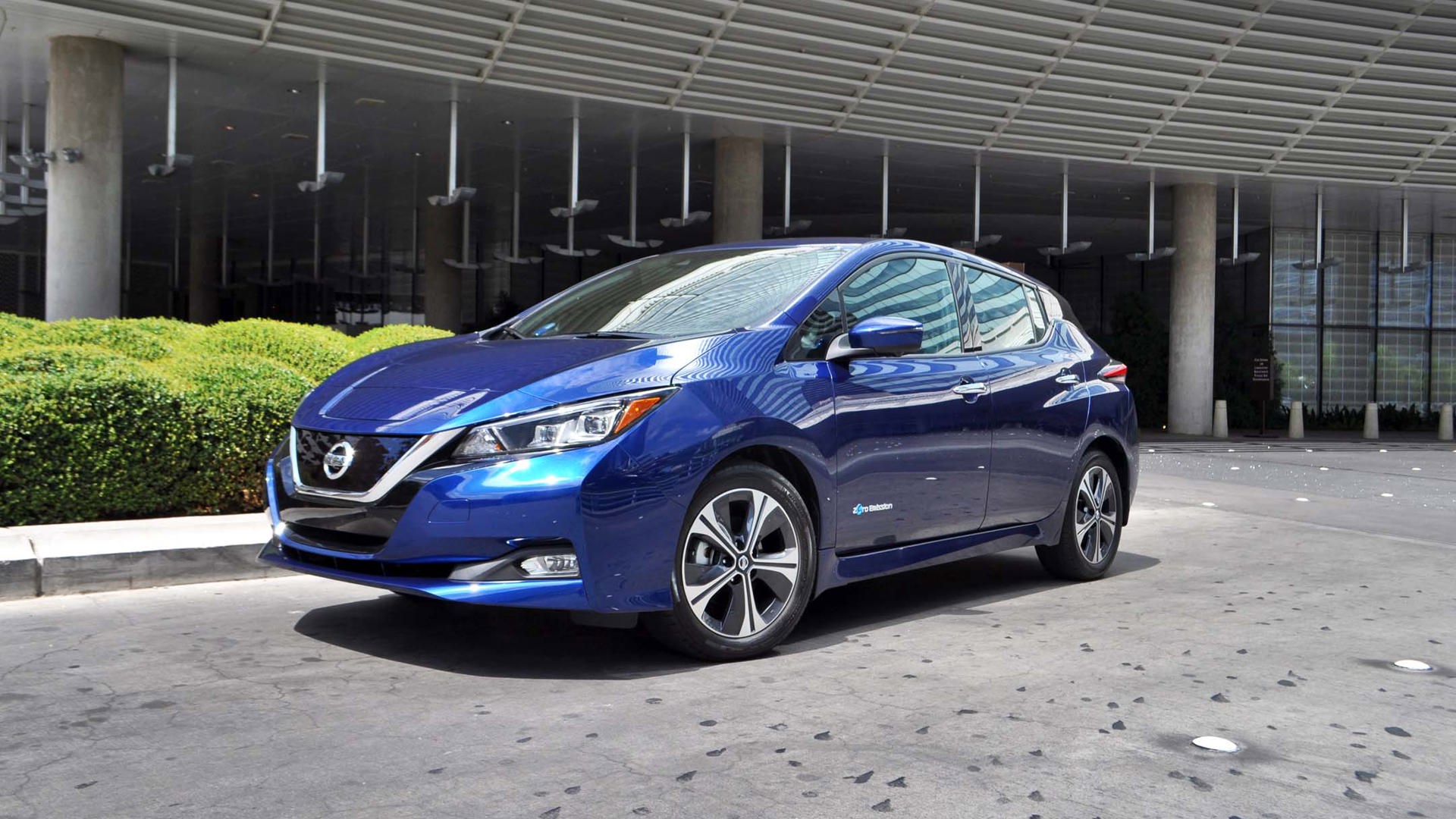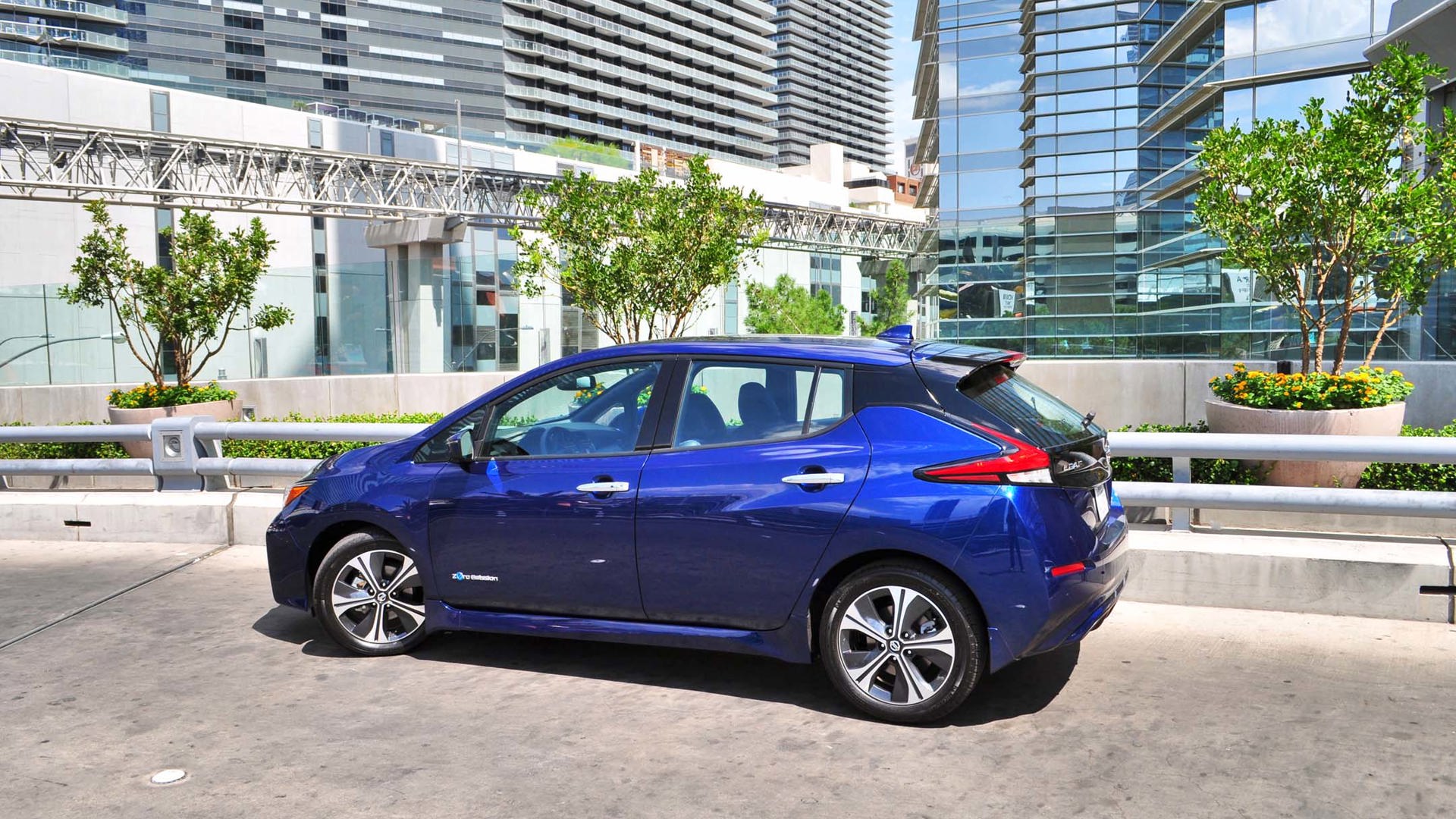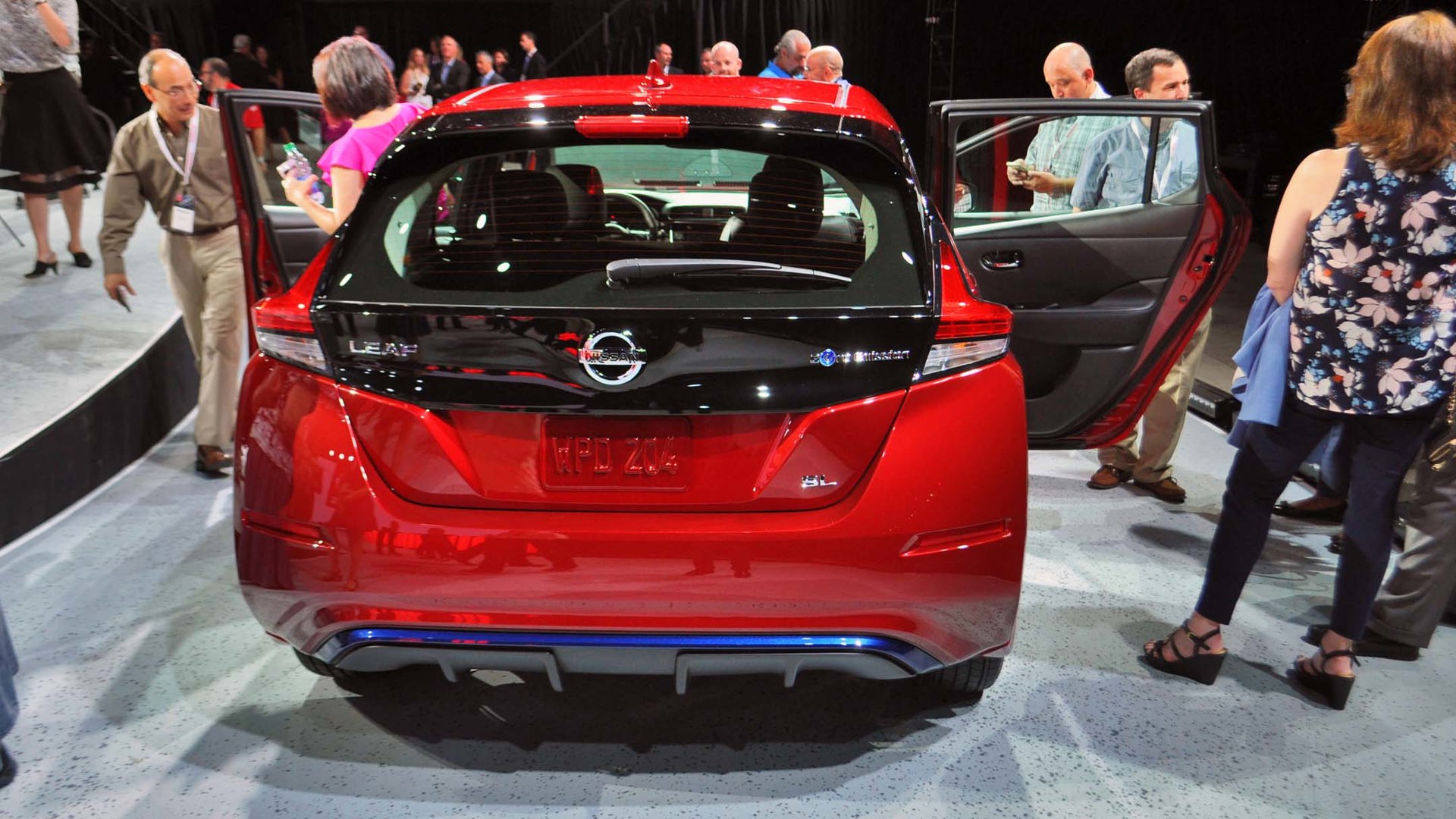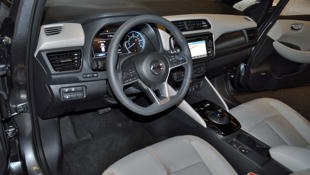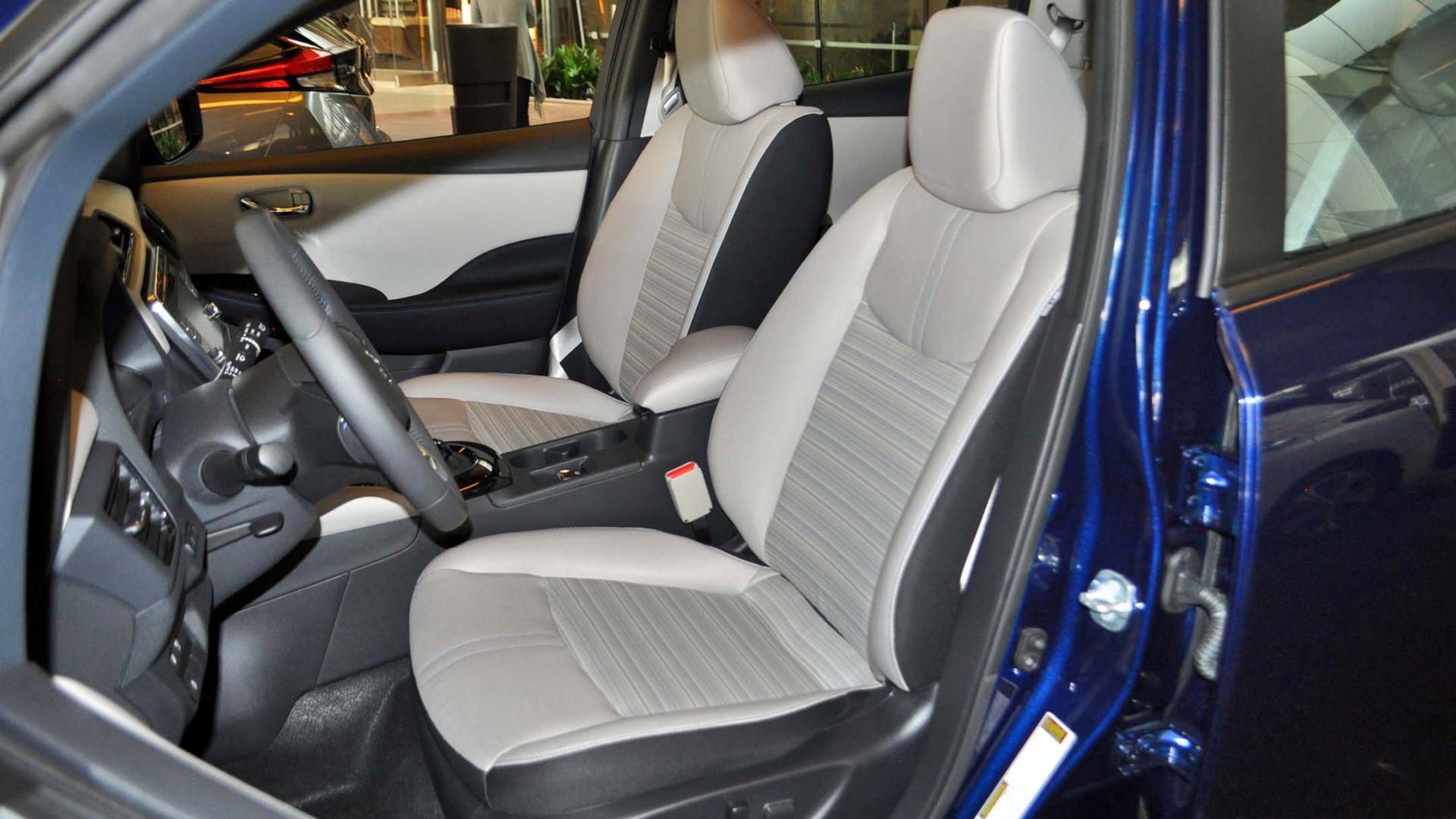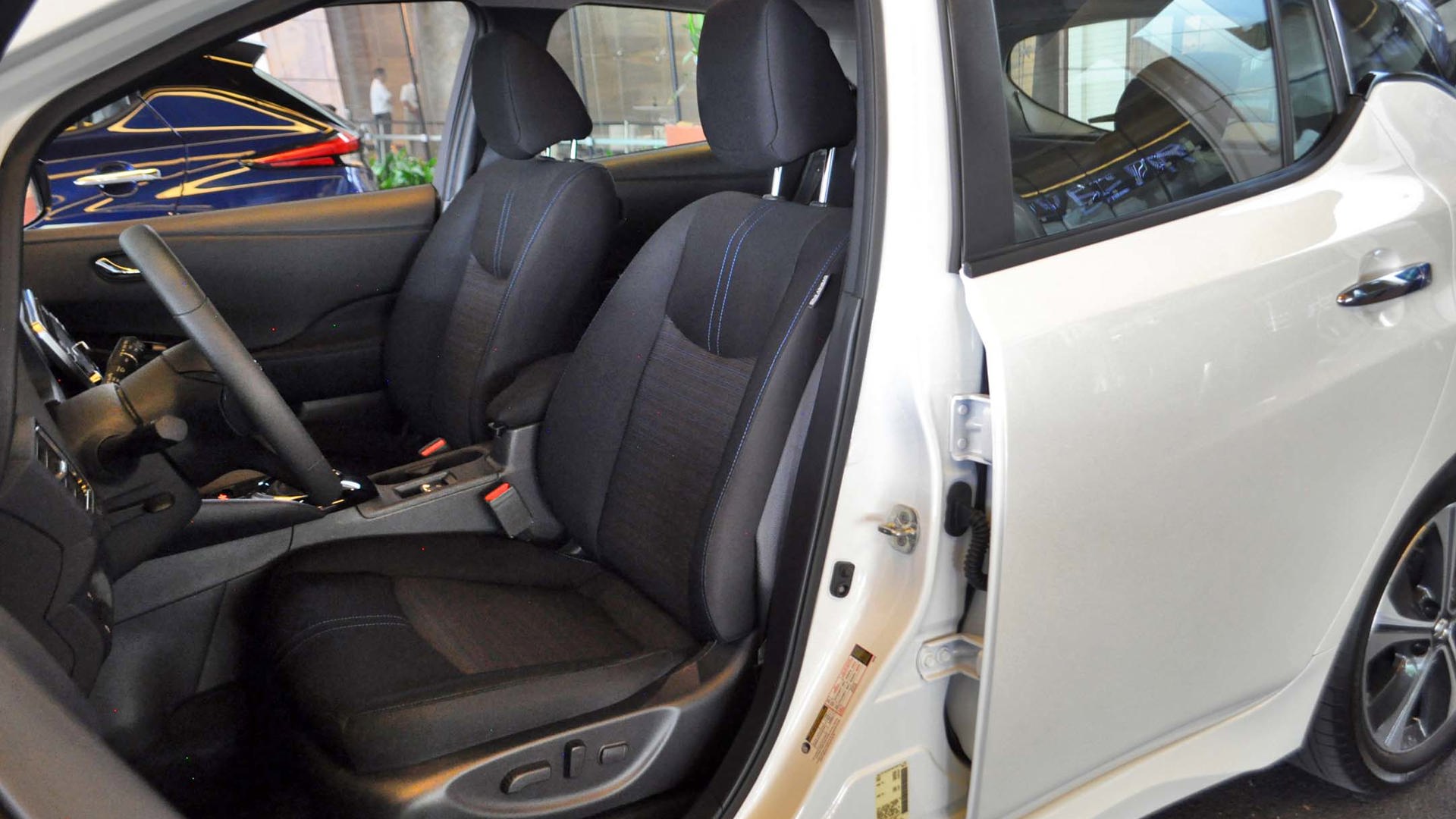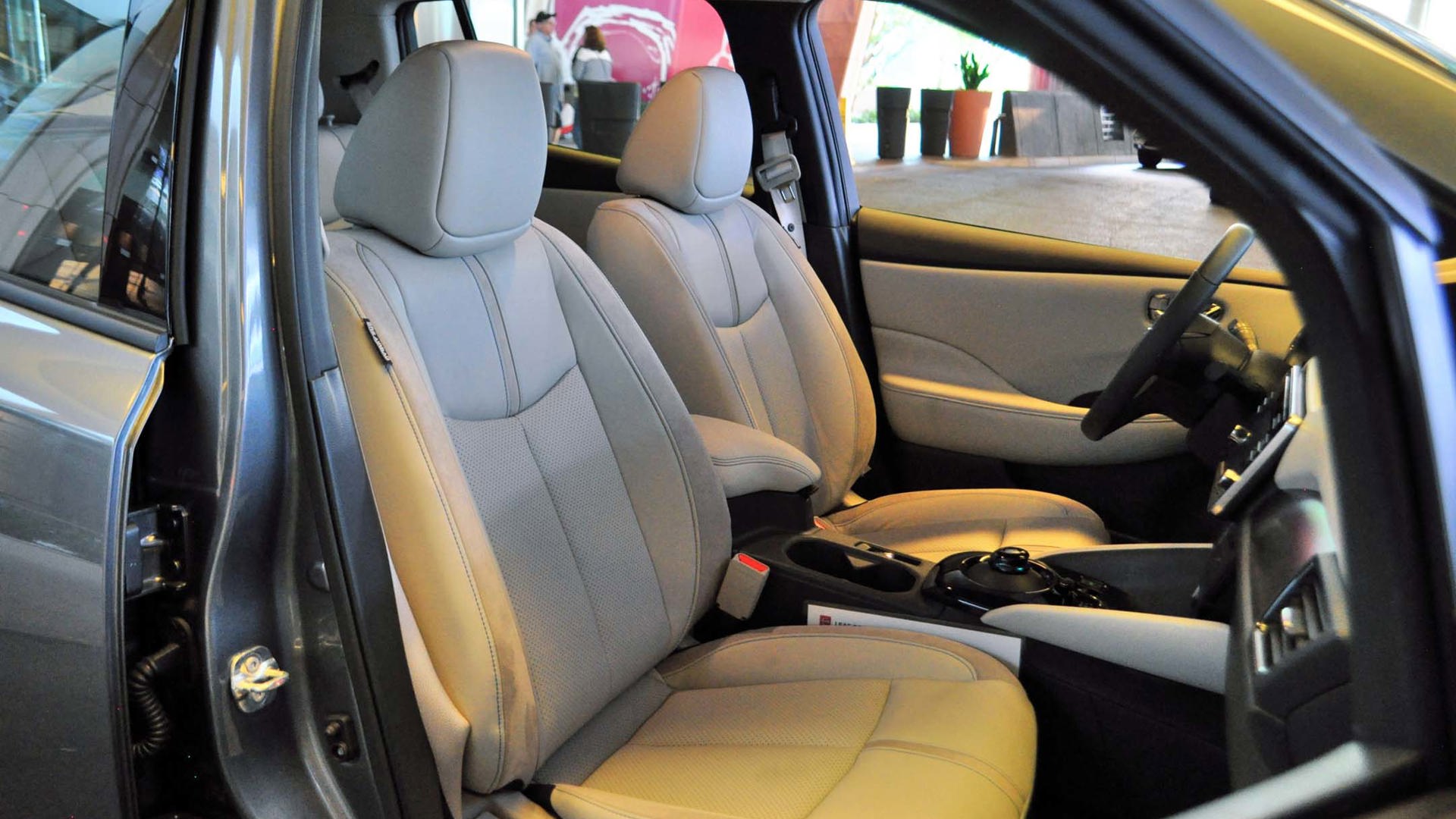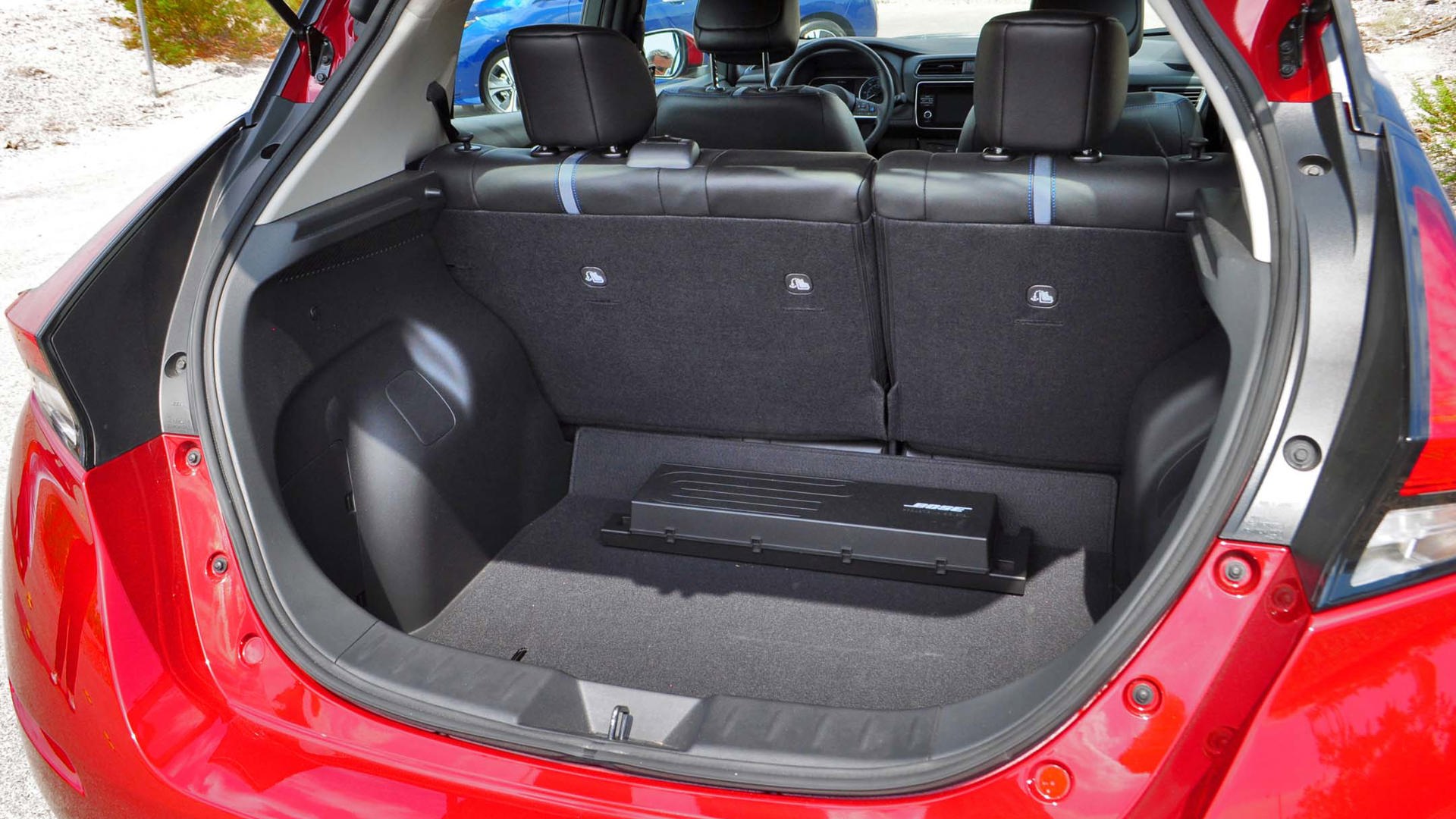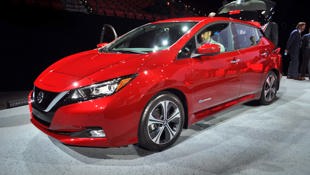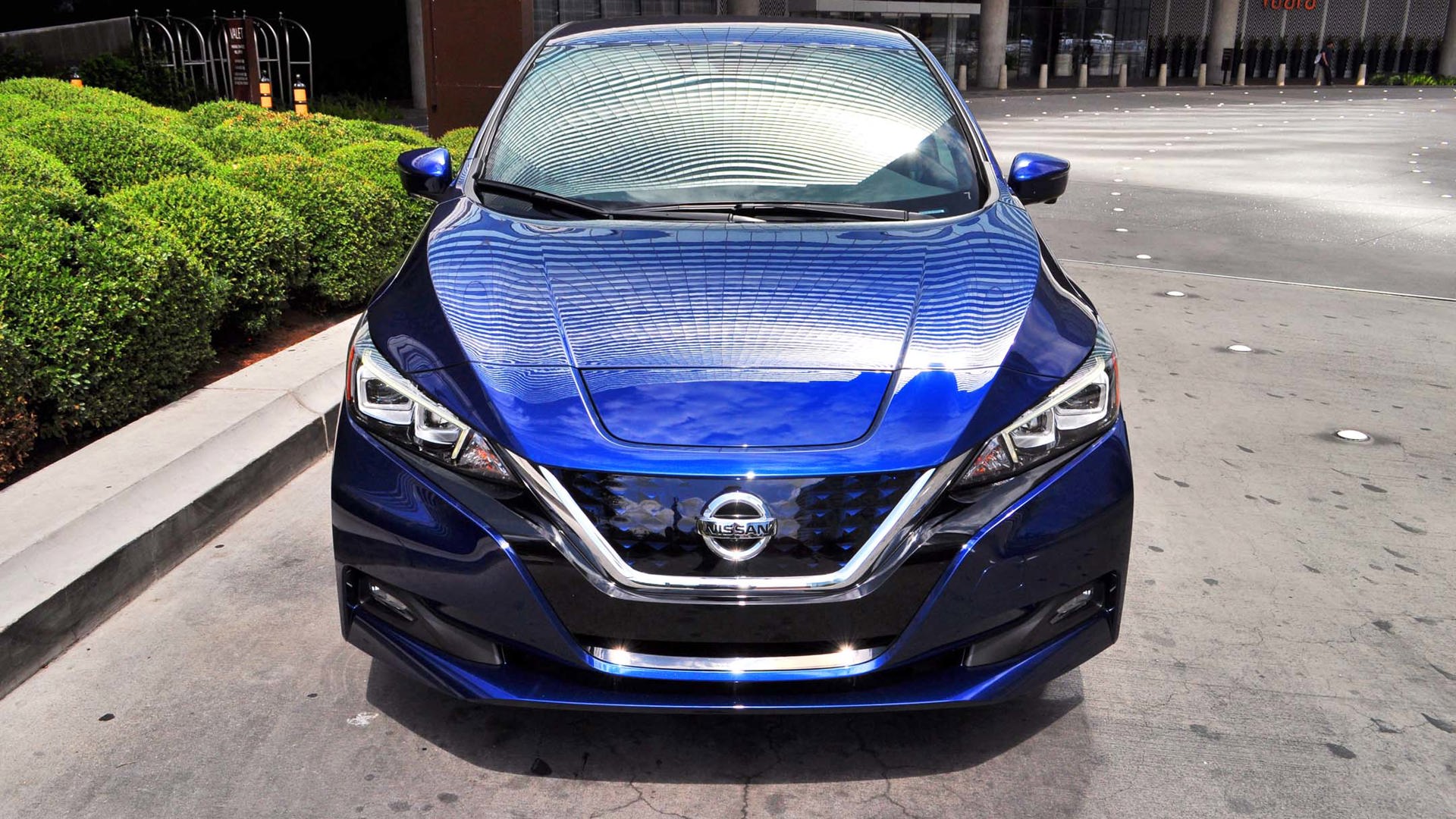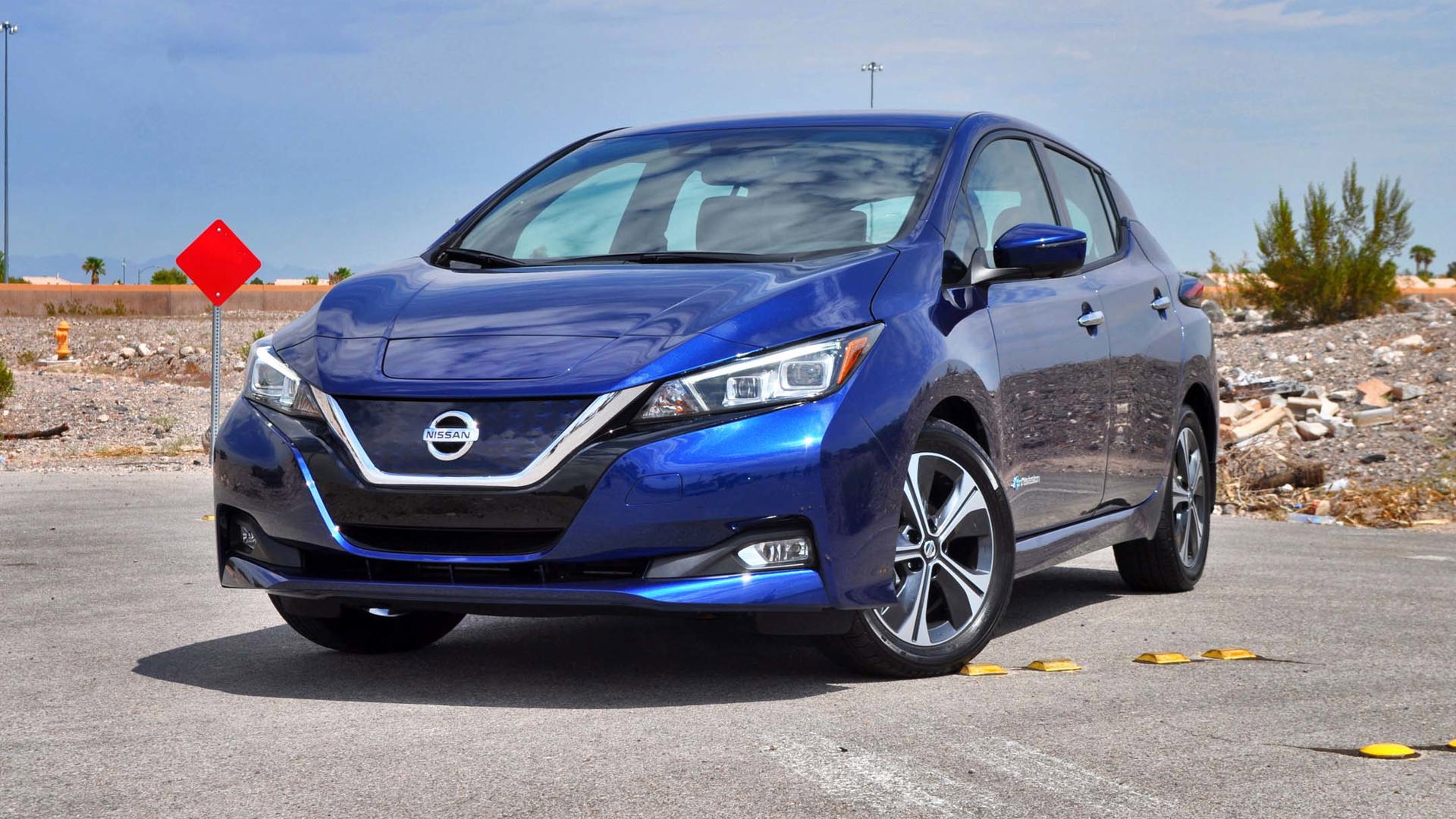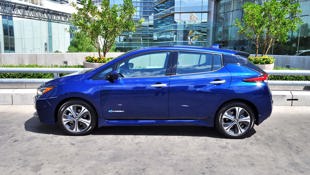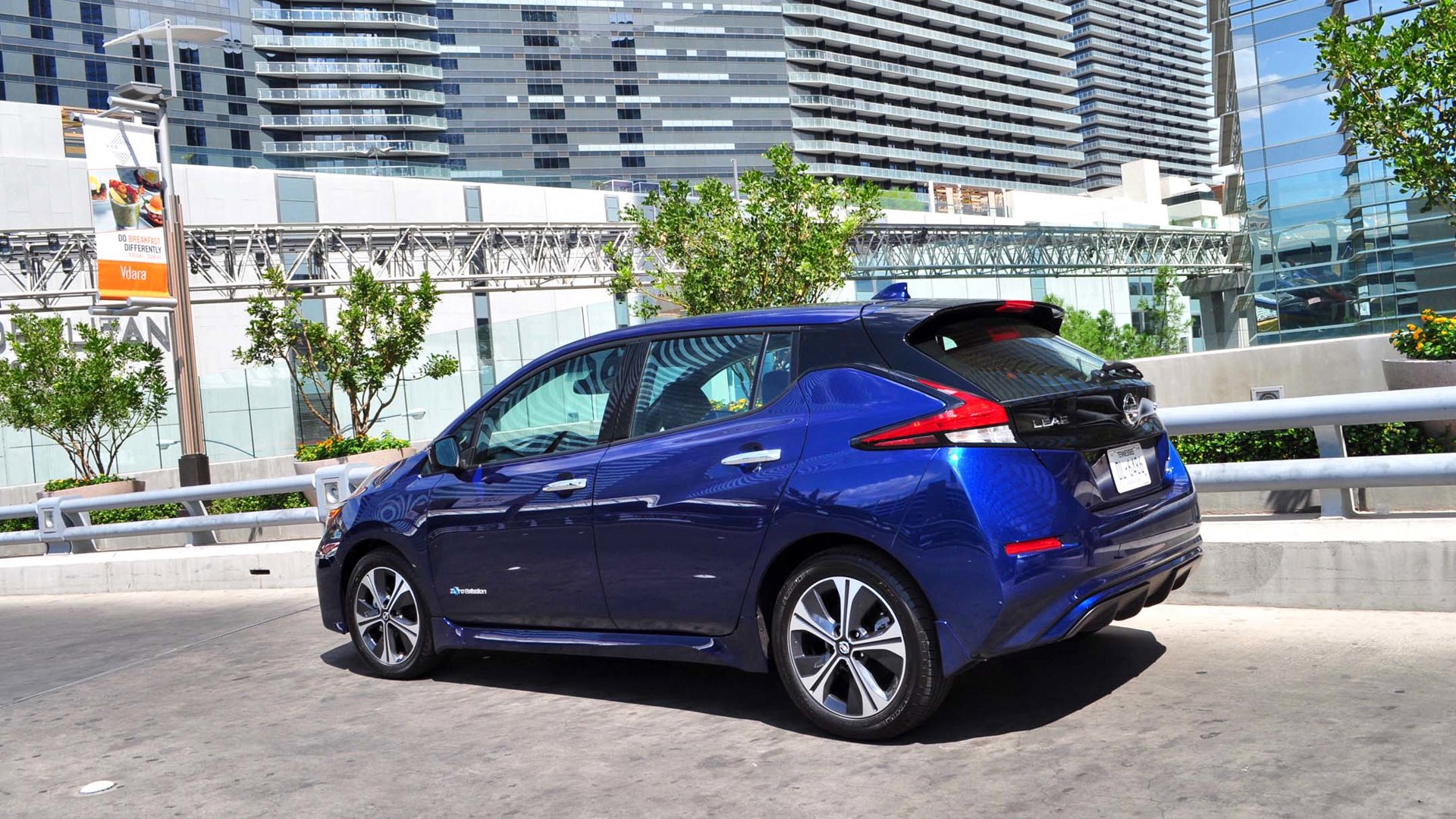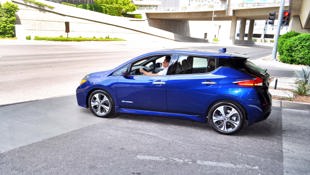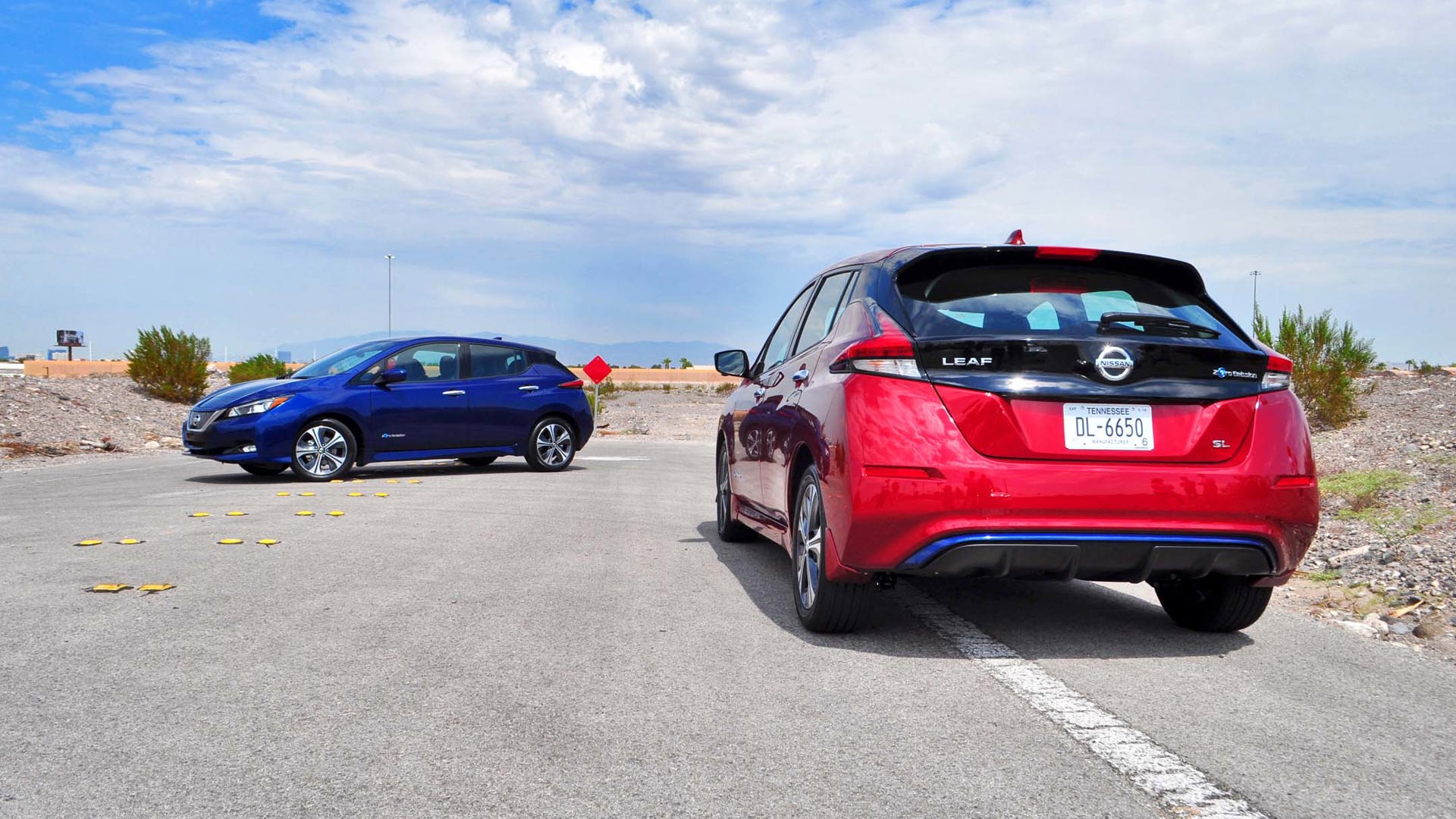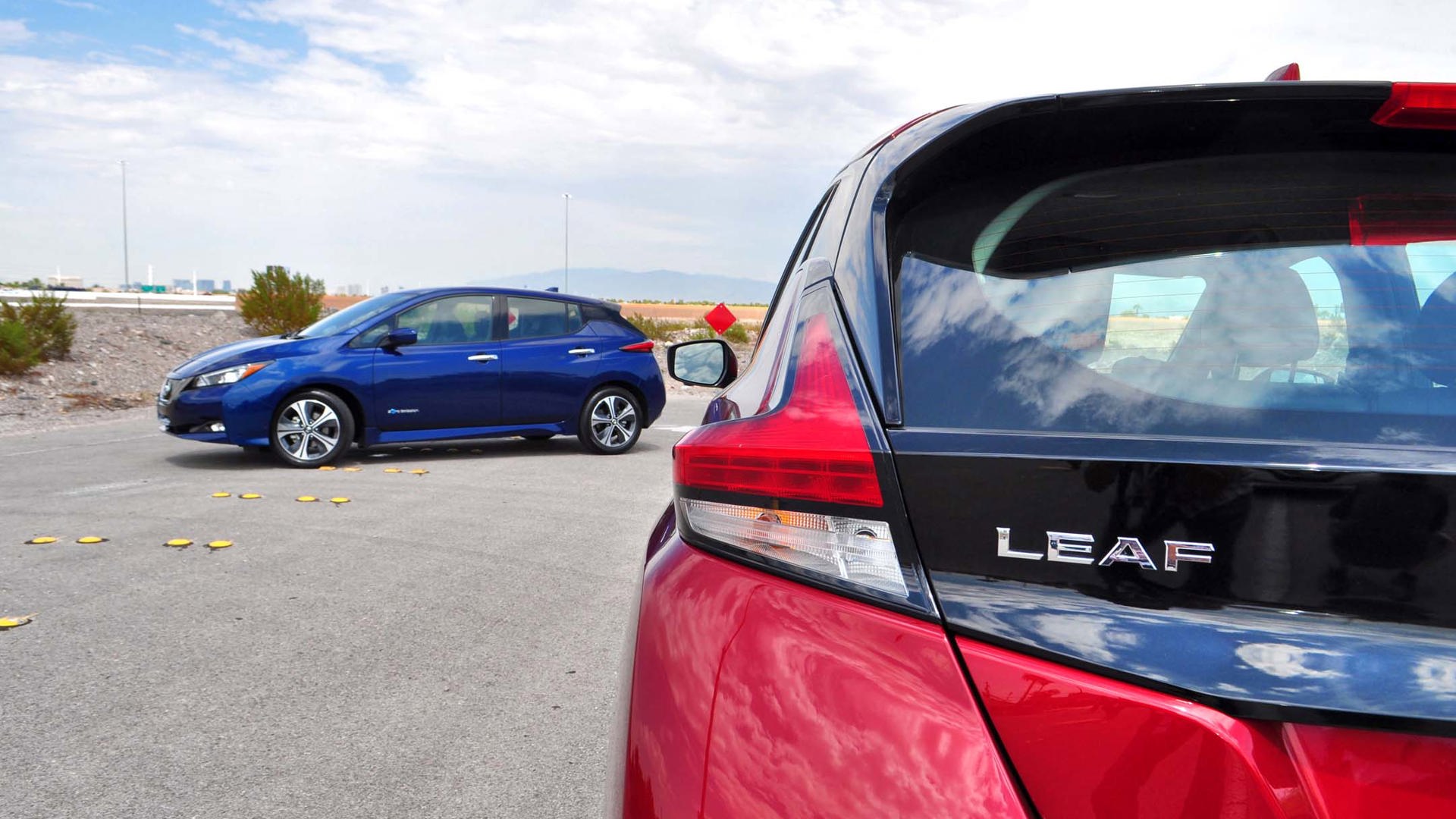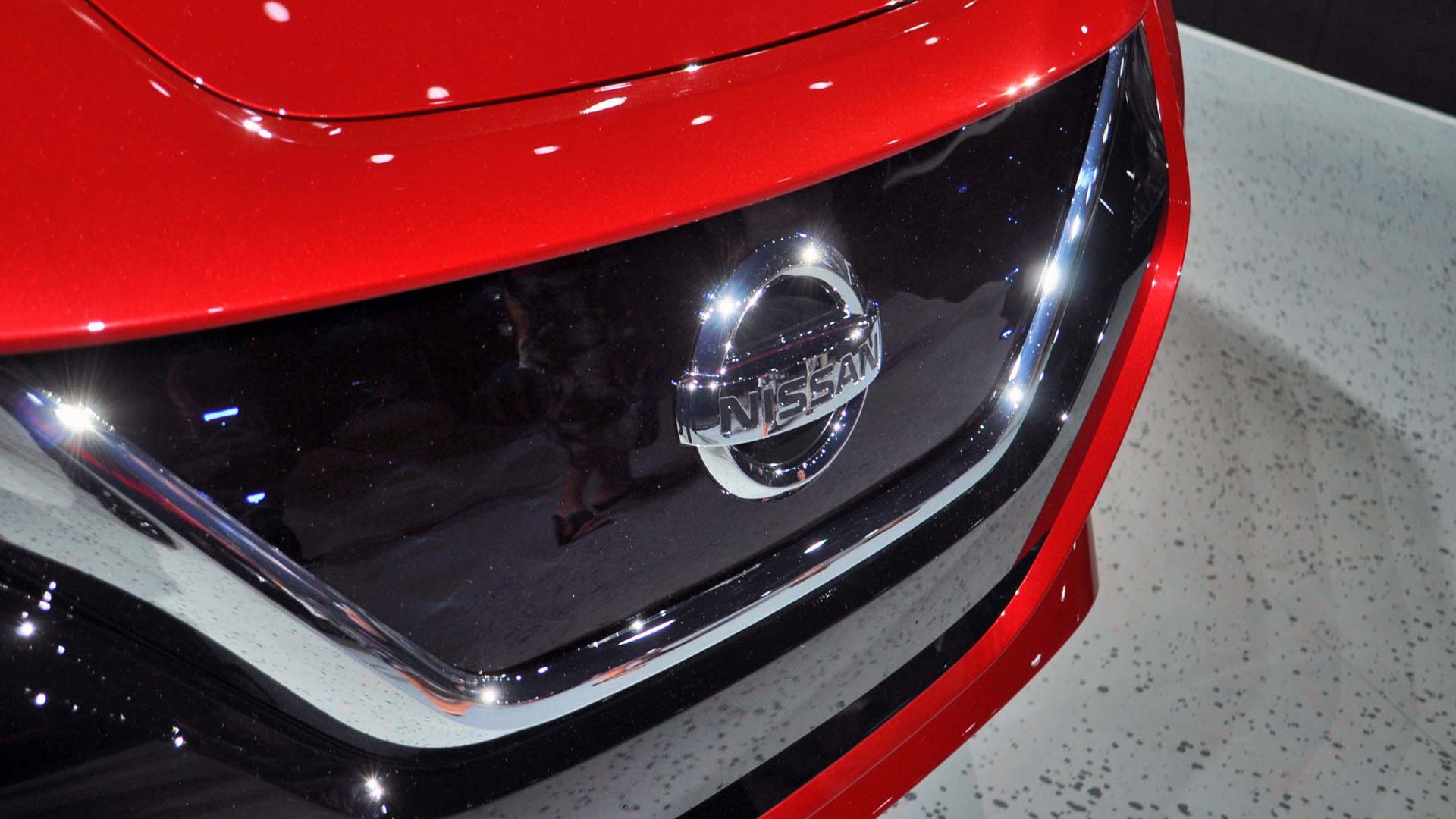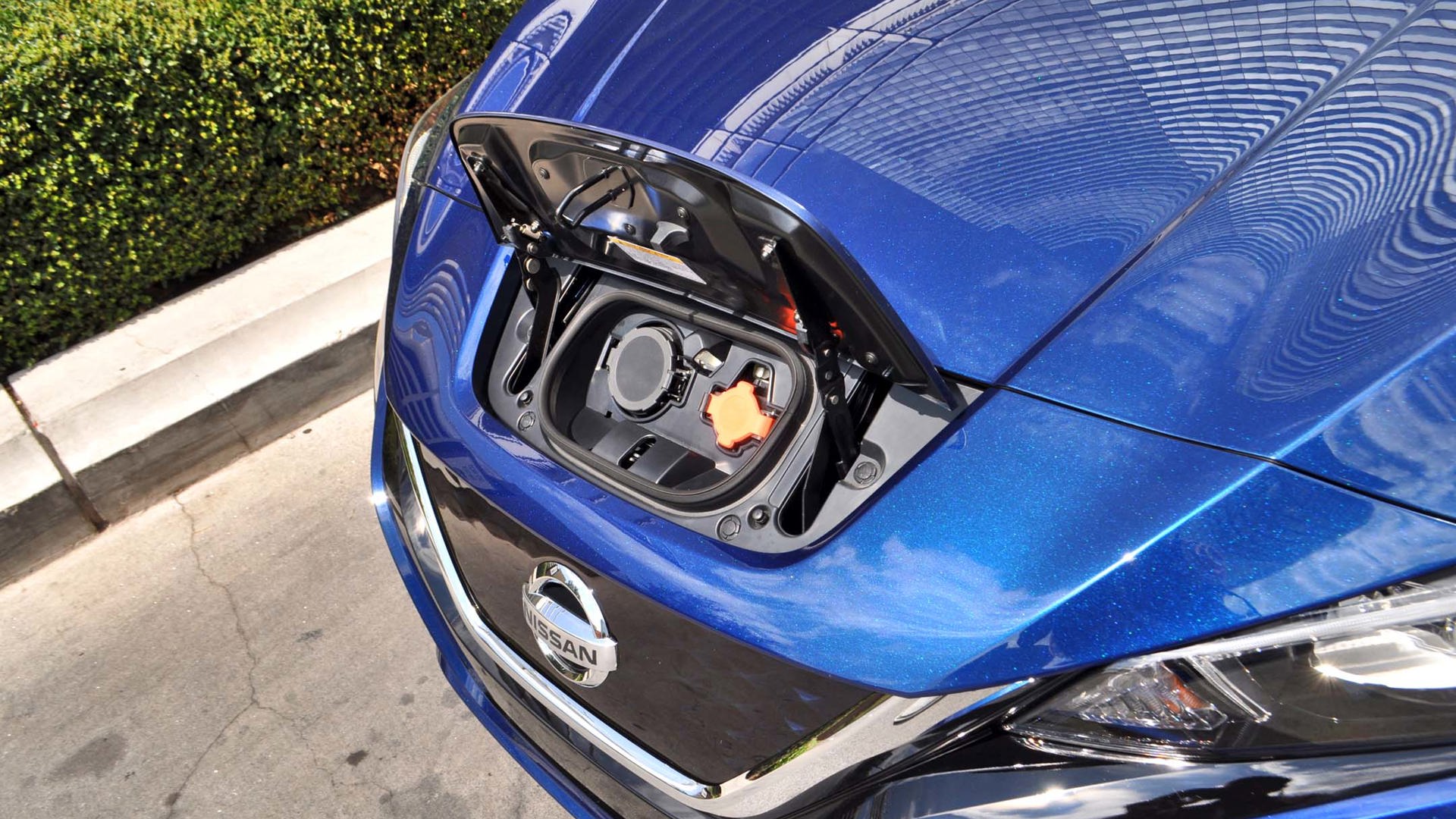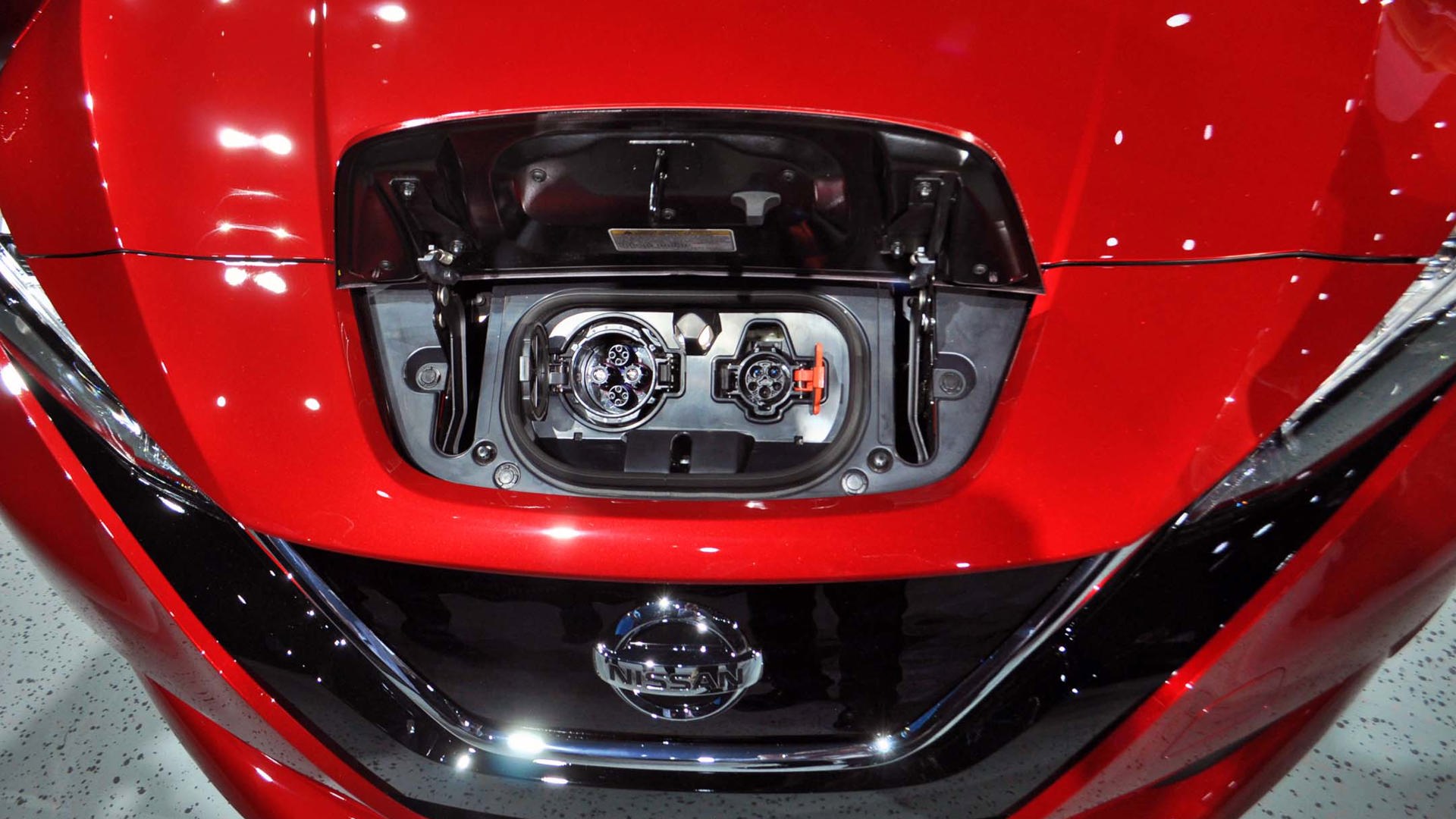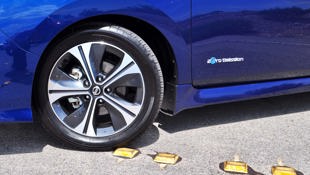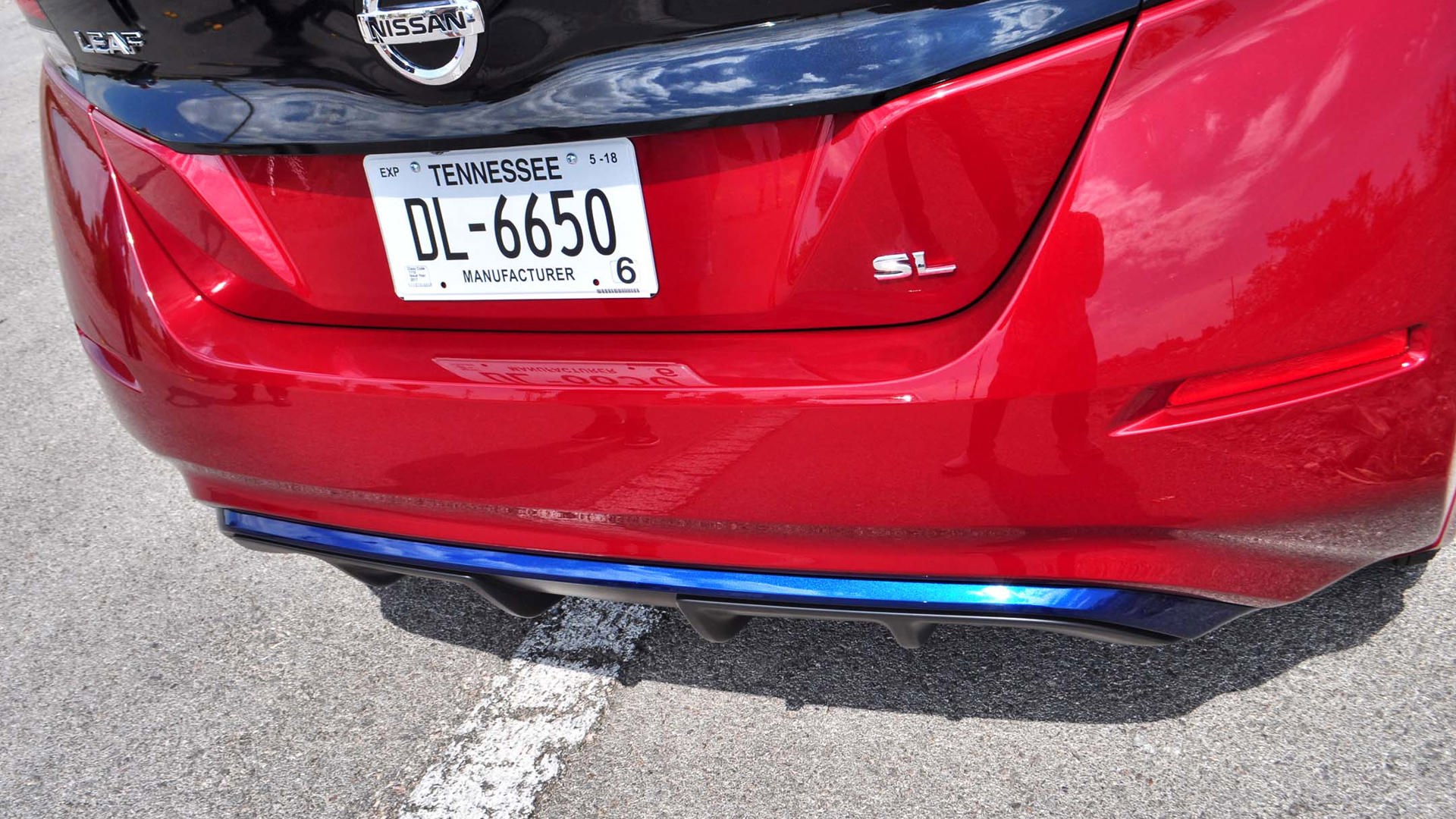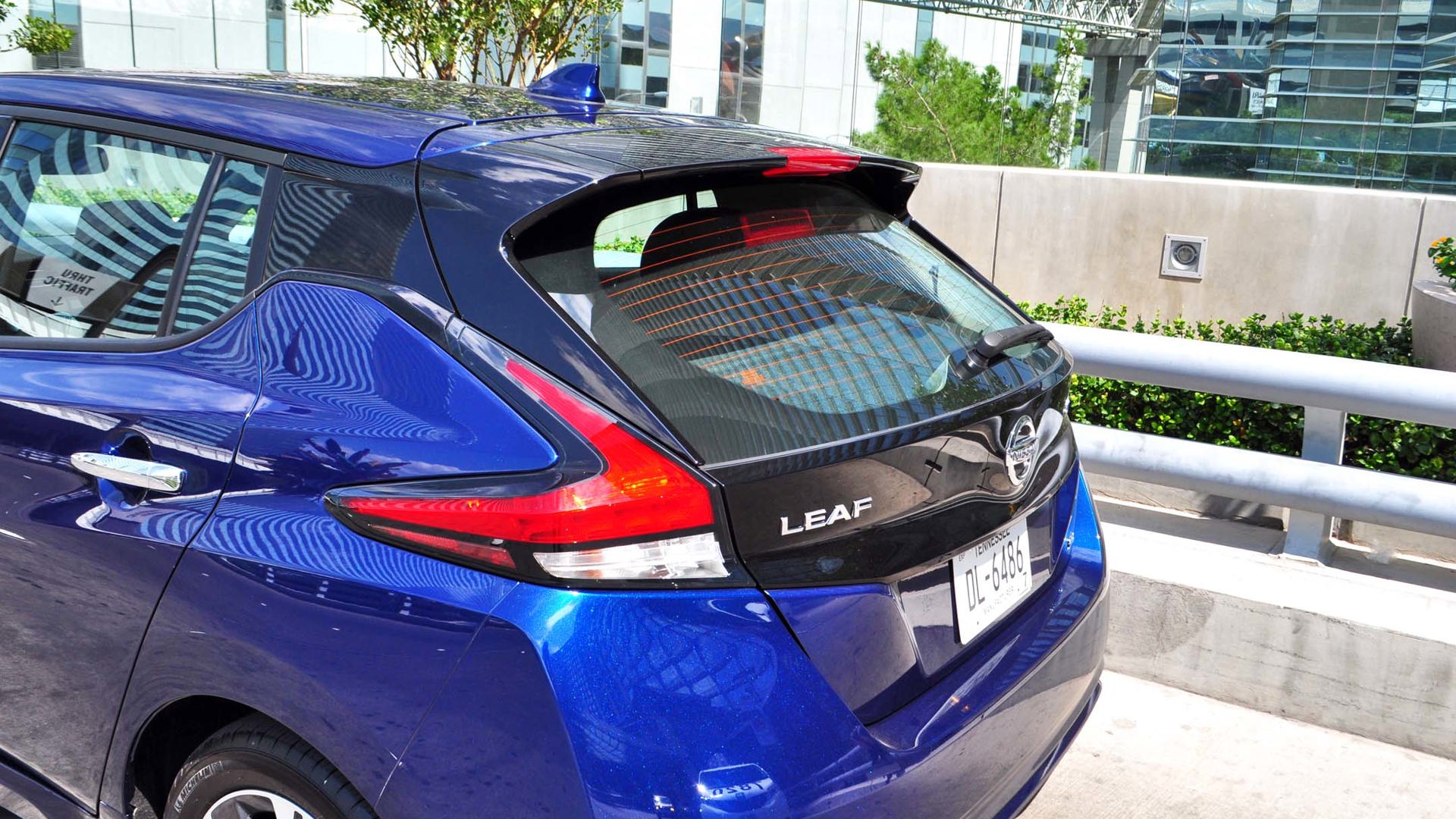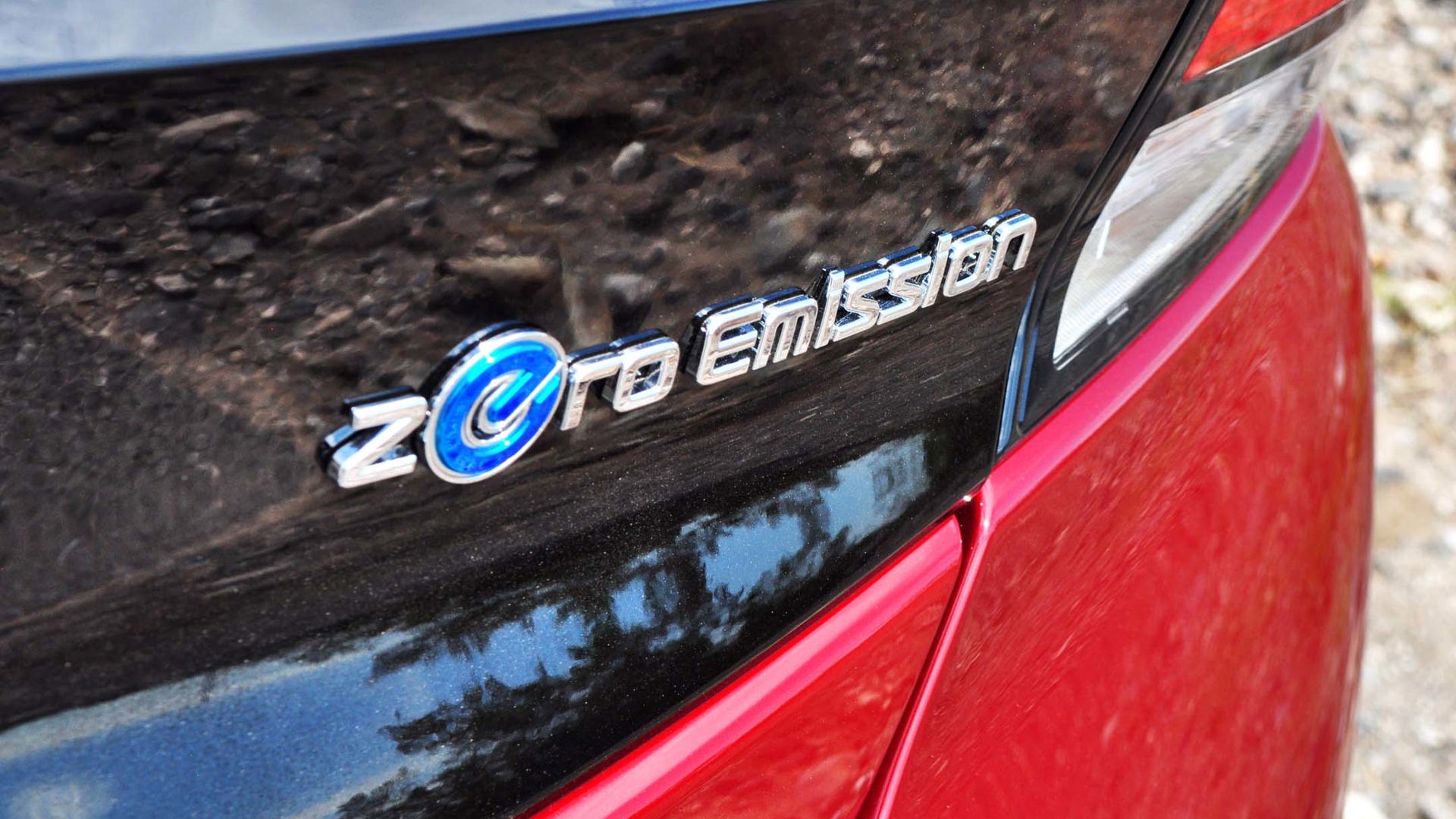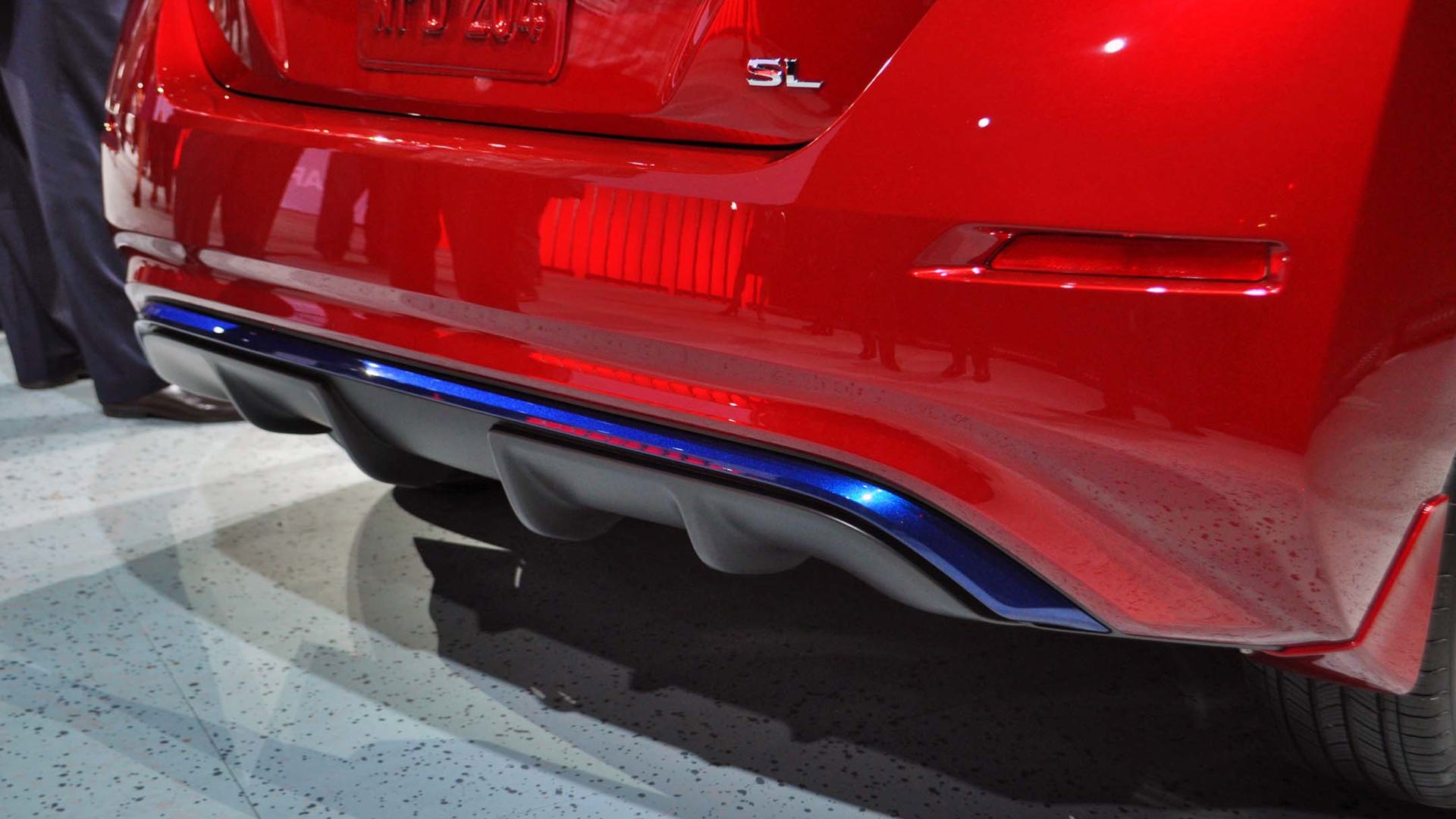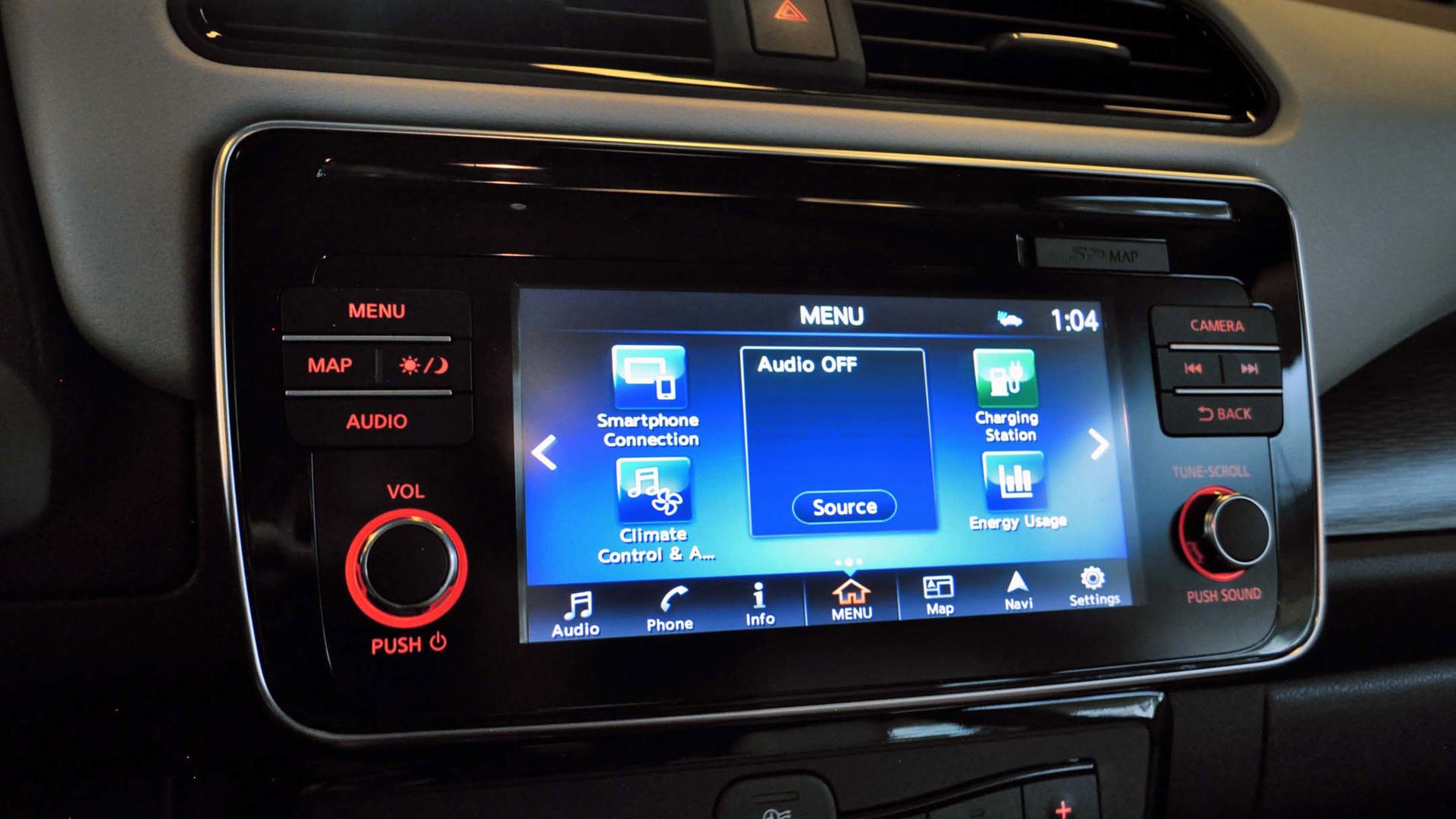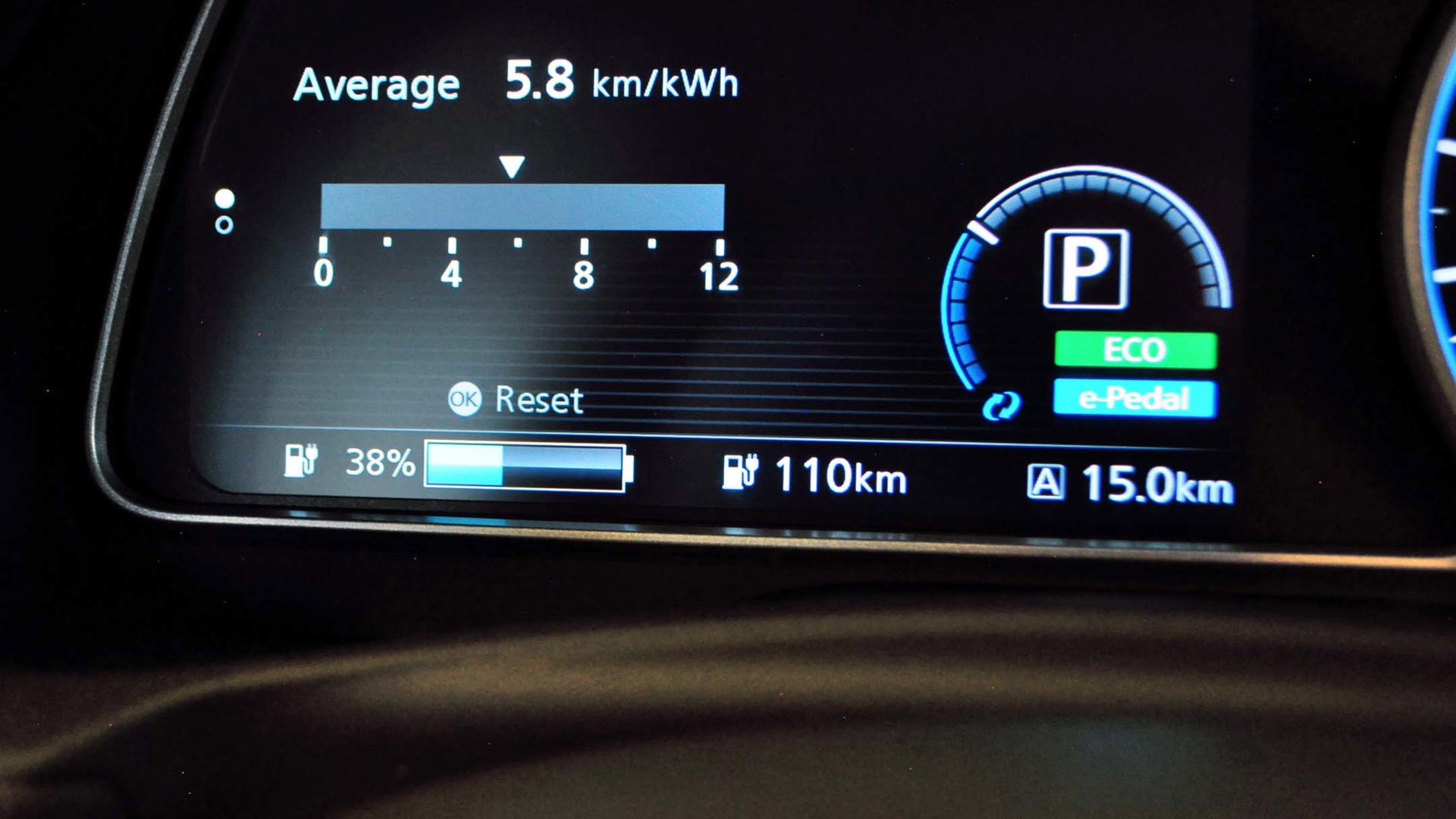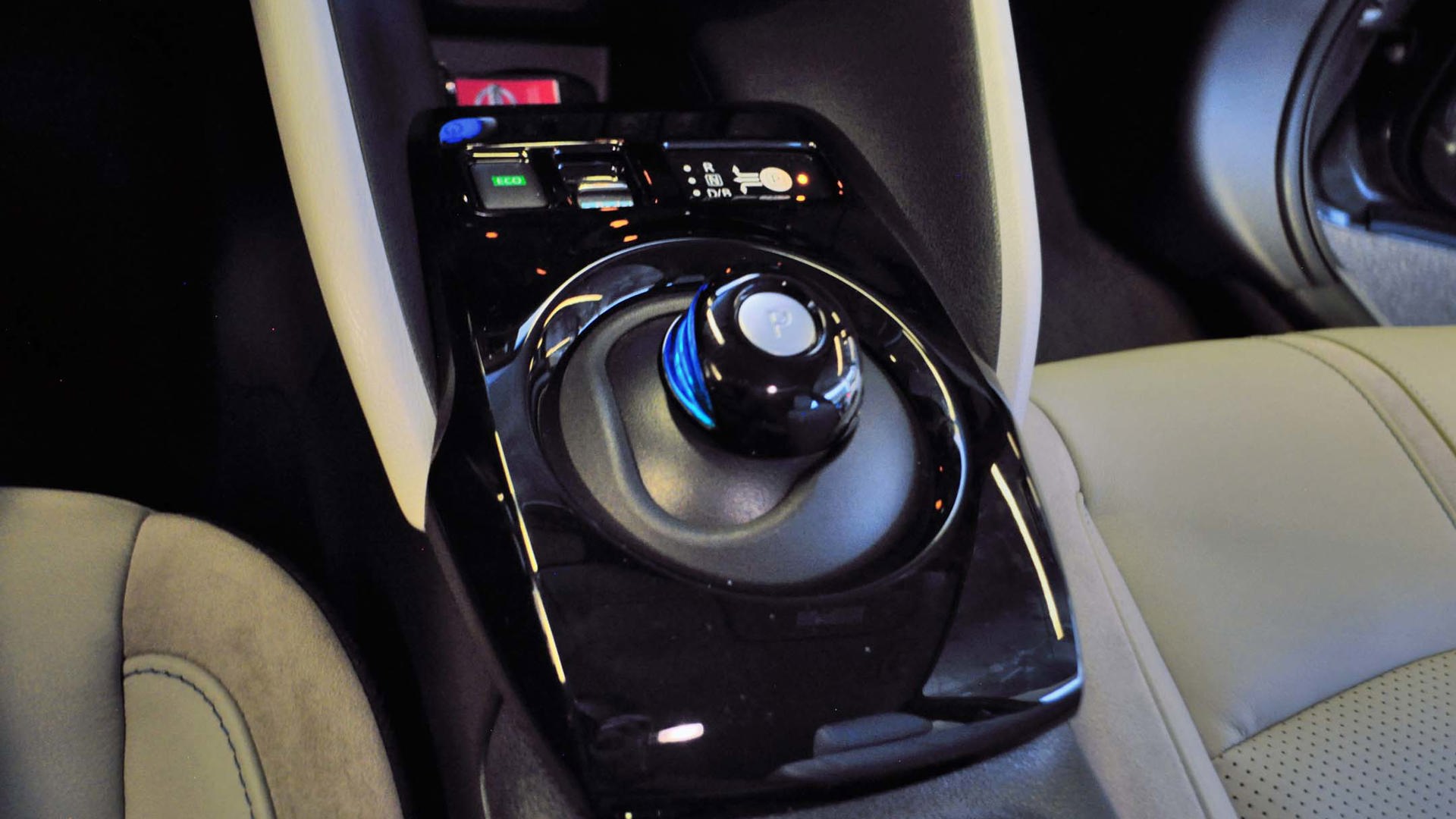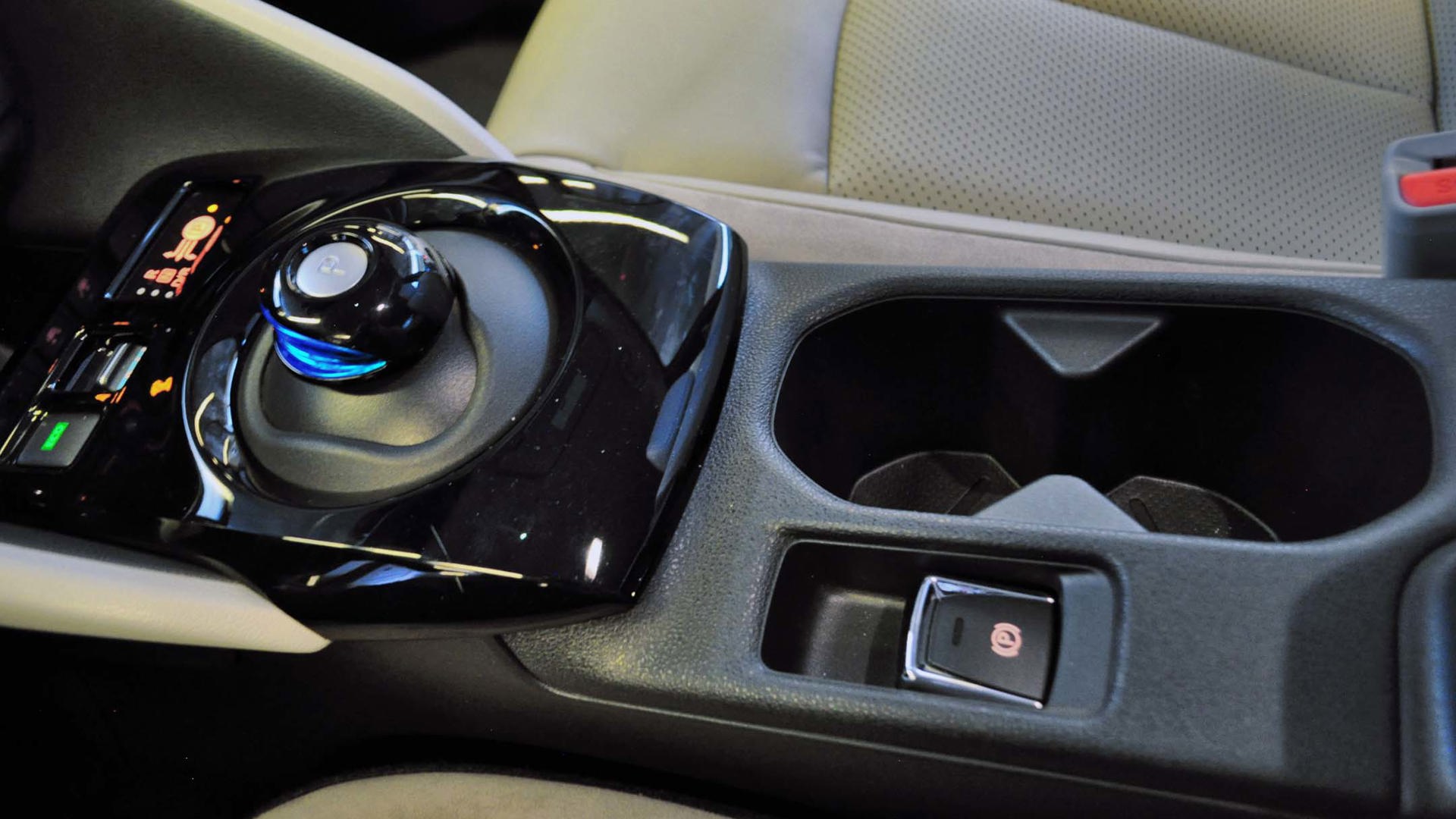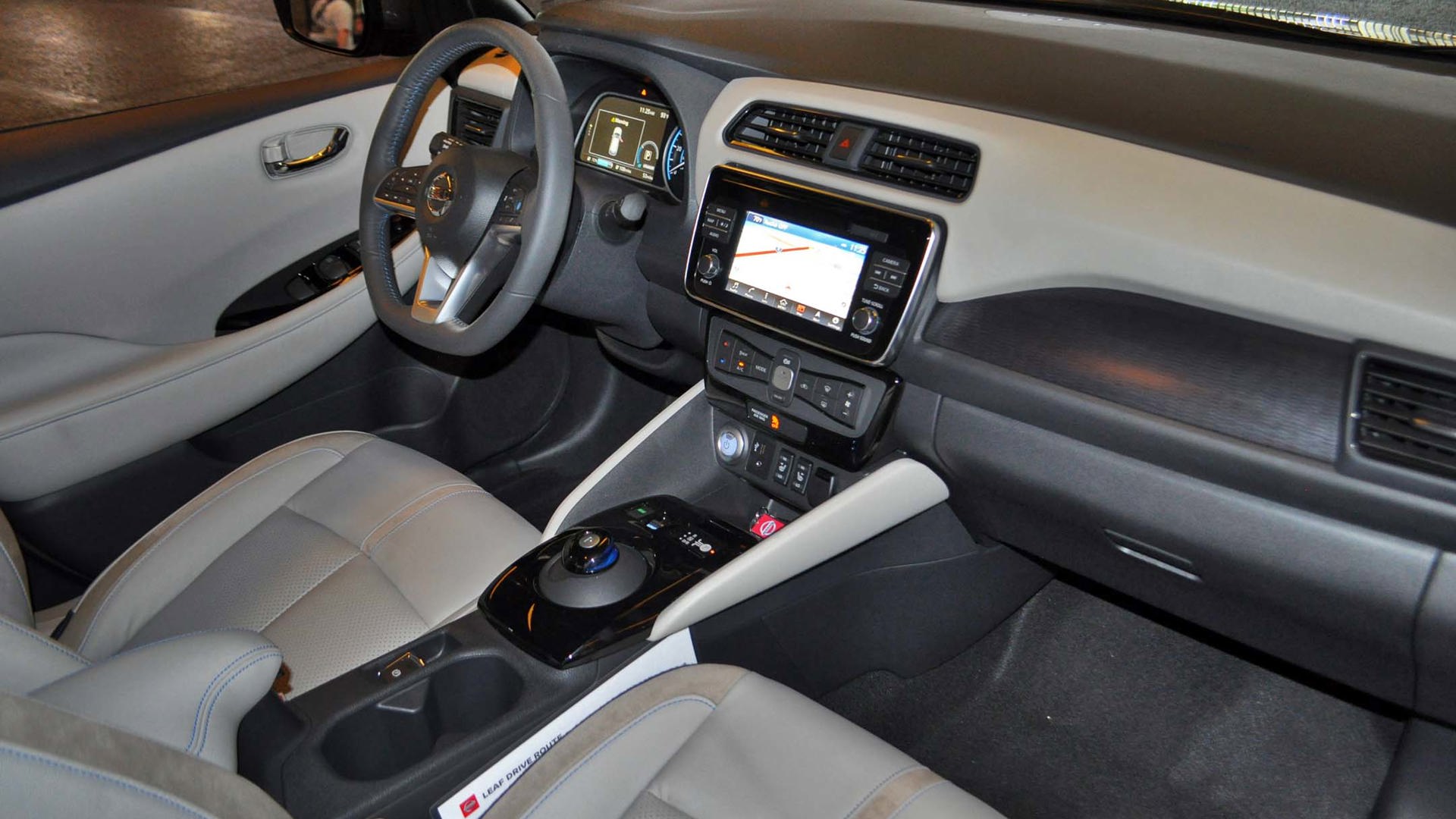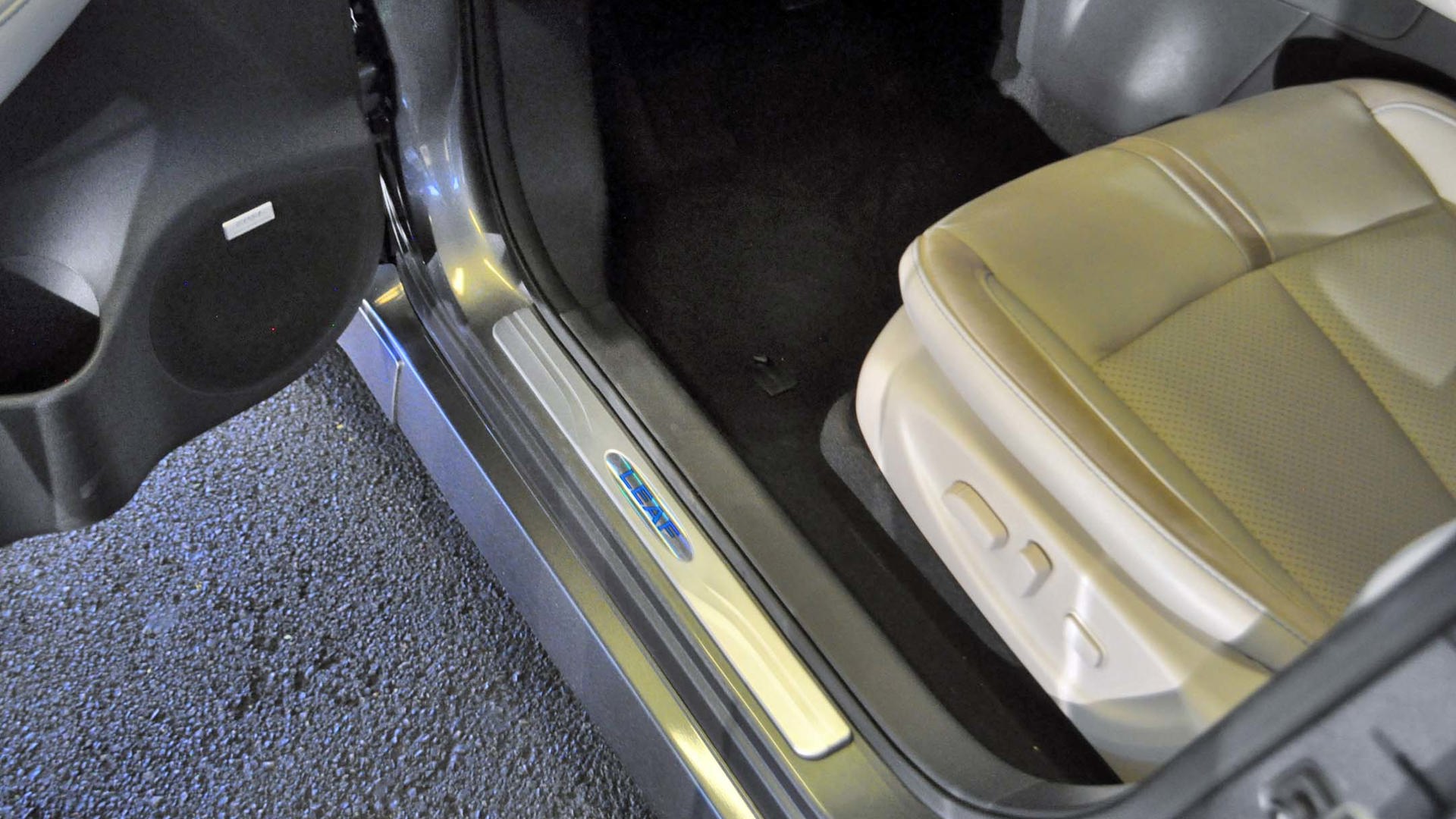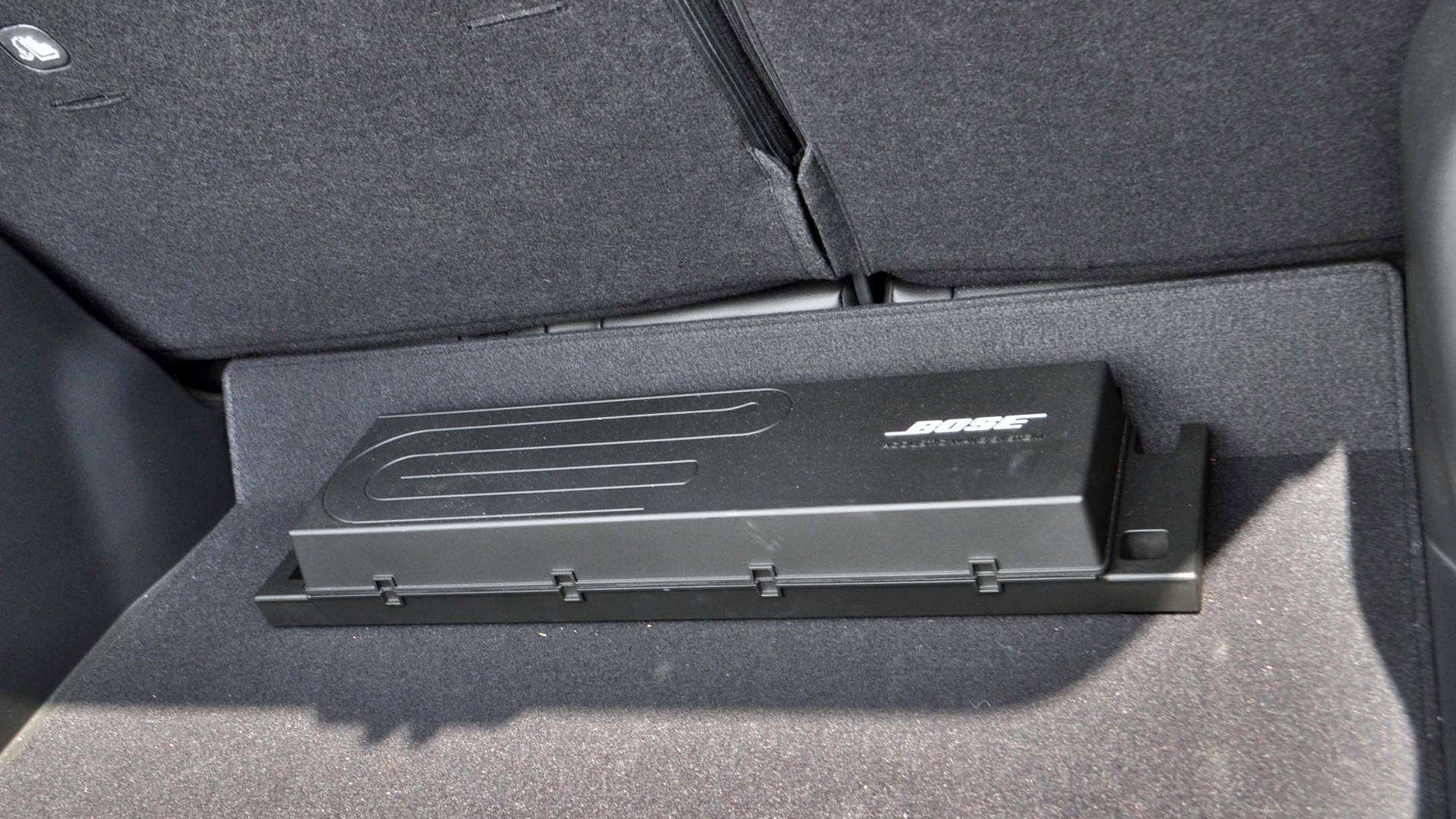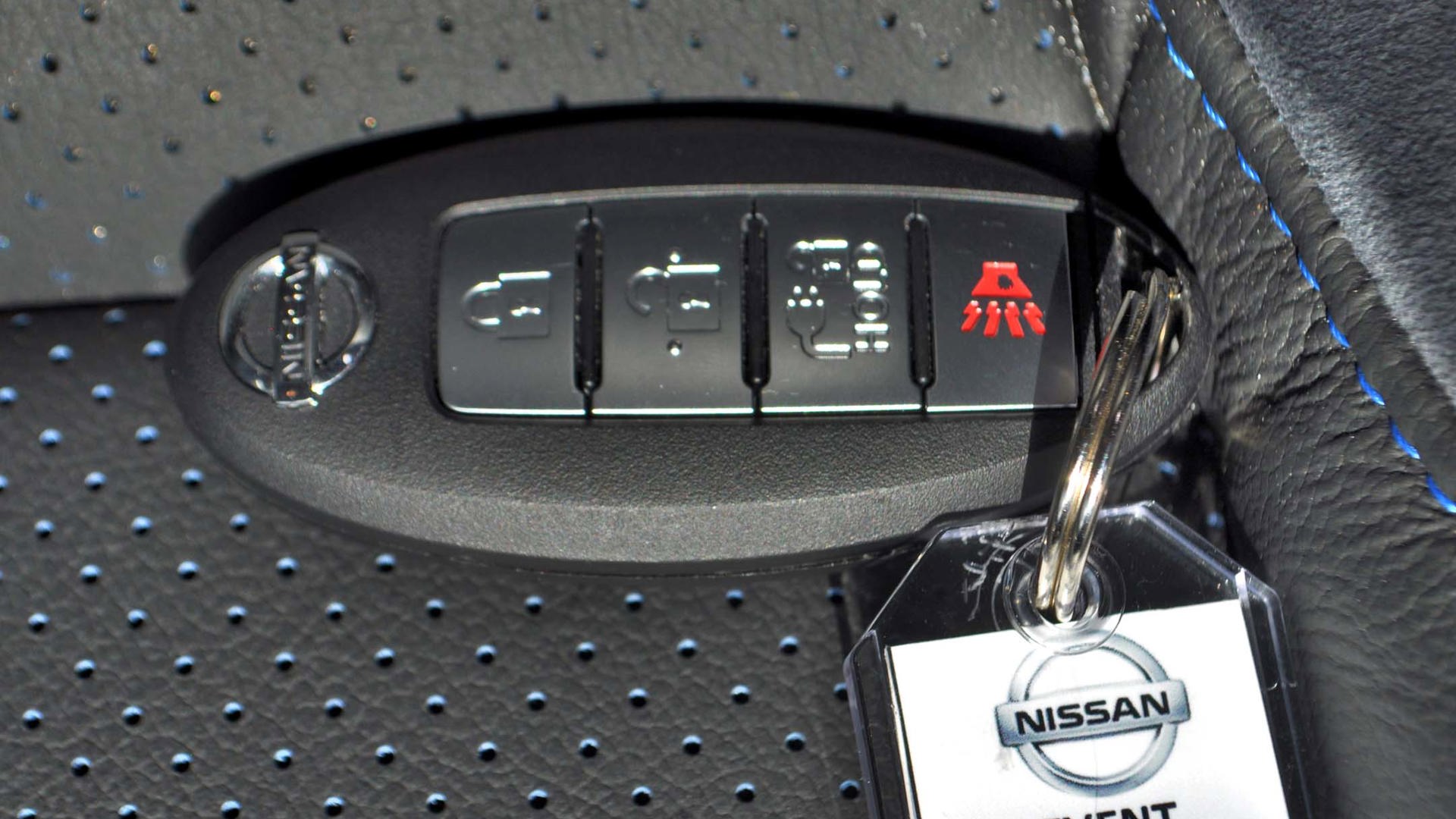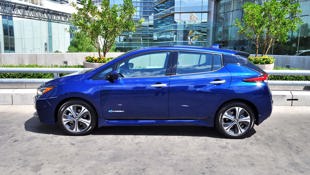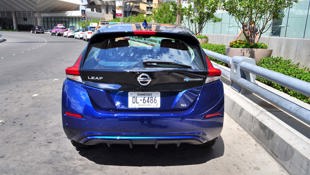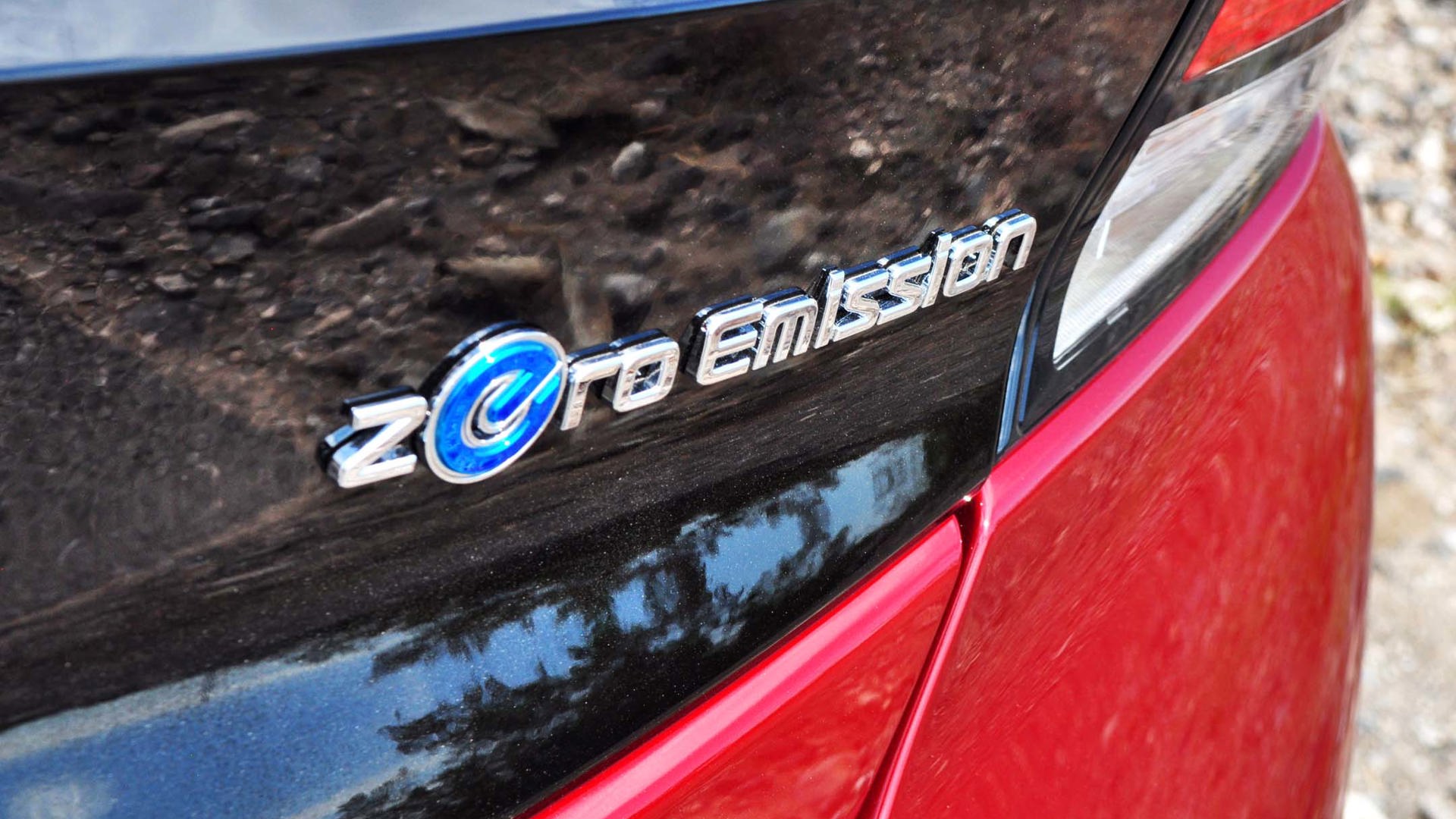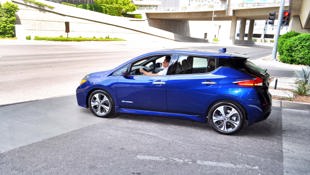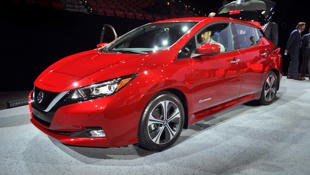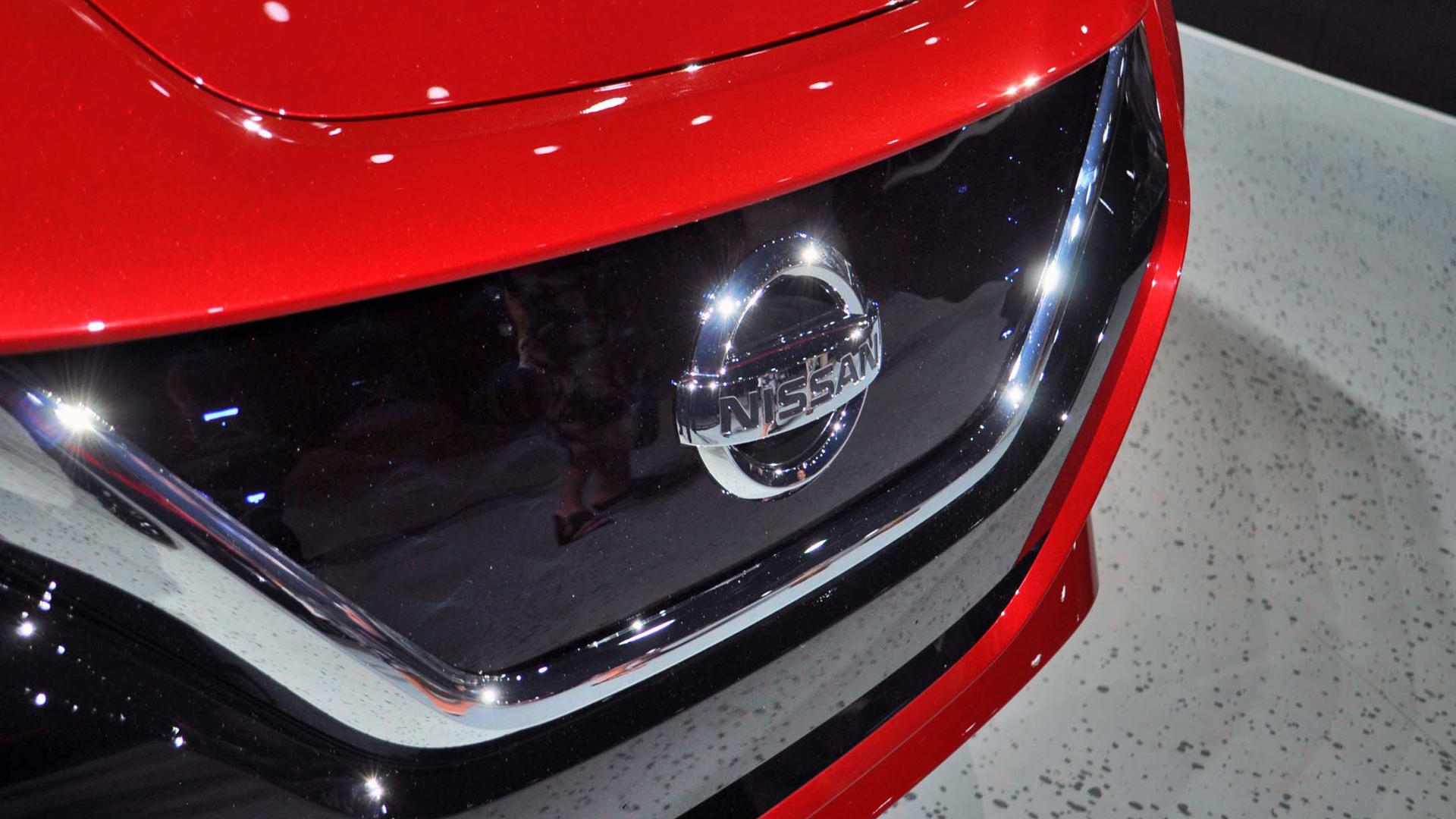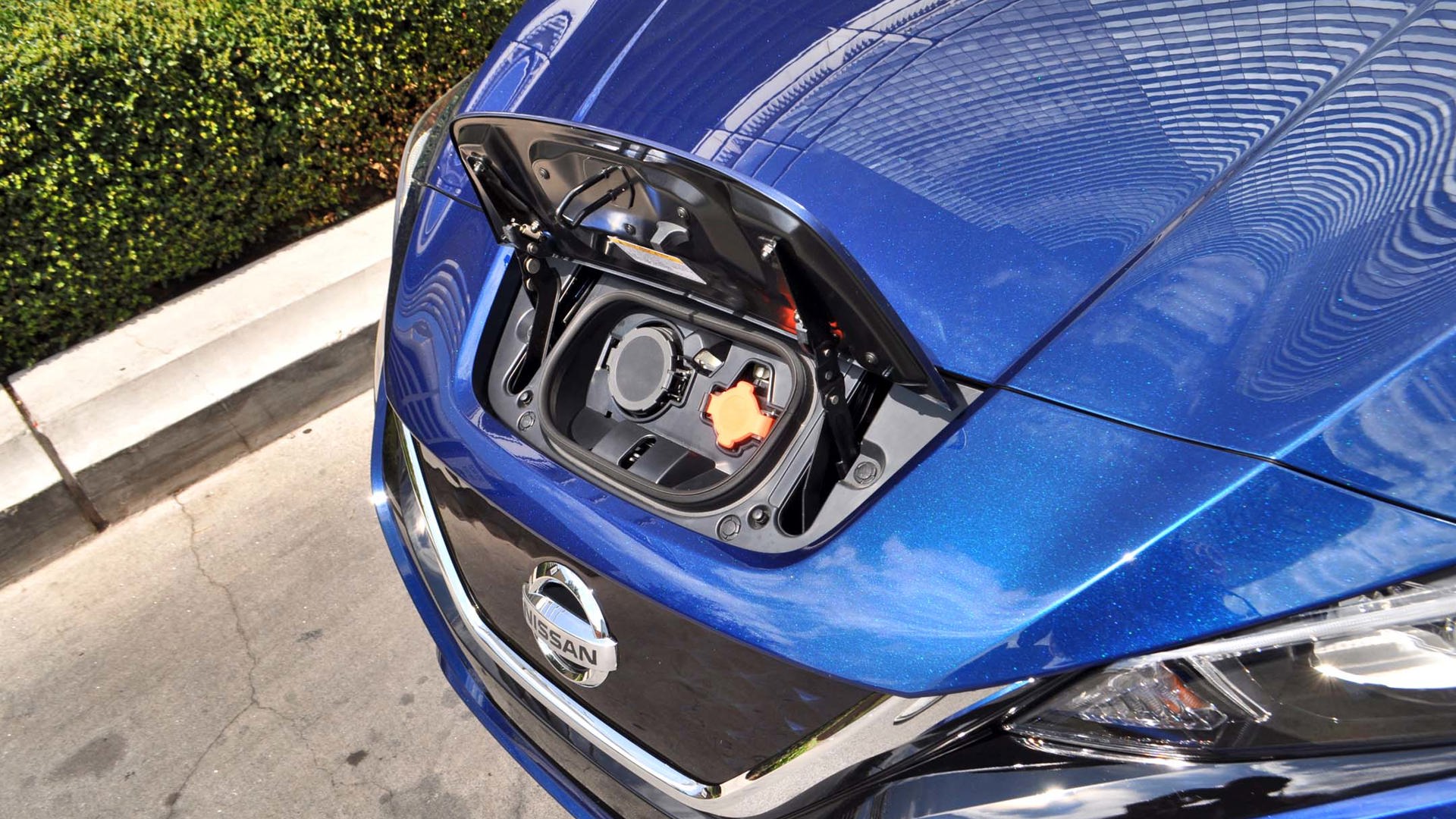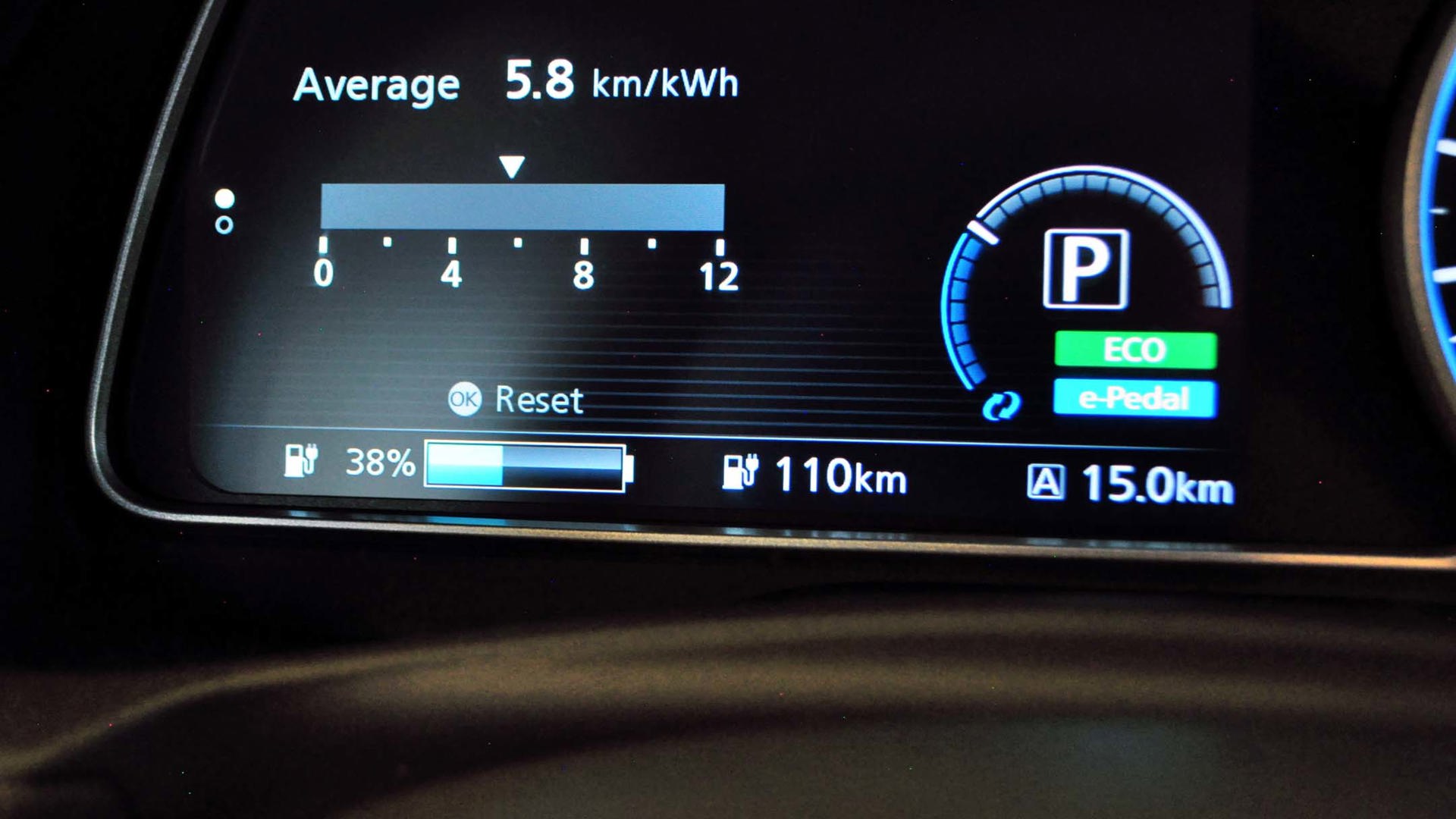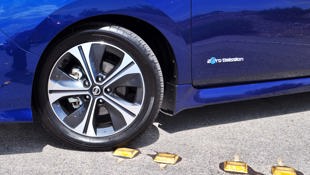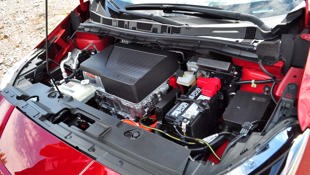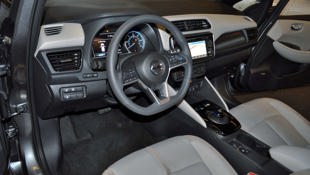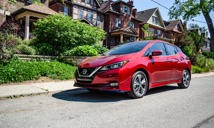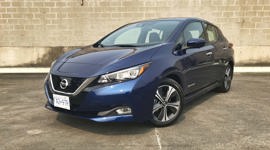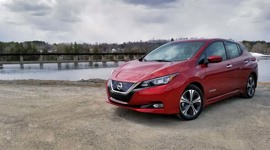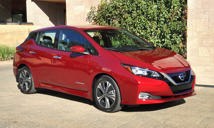LAS VEGAS – The sequel is never as good as the original movie, they say, even if it features new stars, better performances, and more promotion. Often it’s because the first in a franchise offers fresh ideas or a novel appeal, which are by its very nature less innovative in a sequel, even while its producers aim to improve upon the original’s success.
There’s no doubt it will appeal to more people than the original. The more mainstream styling alone will likely ensure that.
Such is the case for the Nissan Leaf, now the bestselling electric car on the planet, with its successor coming to dealerships in early 2018. It’s more advanced than the outgoing car, with longer range (now 241 km), more power off the line, and slightly better handling, all while maintaining the super-quiet driving demeanour that makes a modern Honda Civic seem as relatively loud and shaky as a blatty 60’s-era muscle car.
As a sequel therefore, there’s no doubt it will appeal to more people than the original. The more mainstream styling alone will likely ensure that. Yet it’s not quite different enough from the original – or ahead of some recently introduced competitors – to truly seem like another groundbreaking step forward for gas-free plug-in cars.
That may change for 2019, when Nissan has semi-officially confirmed that the Leaf will introduce a 60 kilowatt-hour battery to help it pump up its range even further, as well as an even more powerful than the upgraded 110 kW motor (versus 80 kW) introduced here for 2018, to increase the fun factor behind the wheel.
Nissan brought some current US Leaf owners out to this North American debut event, but even as a former Leaf owner myself who can truly appreciate all the updates, I’d likely wait a year or two for these major upgrades to see how they alter the Leaf’s appeal in an ever more competitive EV market.
Latest Leaf faces more and tougher rivals
When the Nissan Leaf launched in the fall of 2011 in Canada, it was the first all-electric vehicle available on the market that didn’t cost the modern equivalent of over $100,000. The two-seat Tesla Roadster was the only other all-electric vehicle on sale, so the concept of an affordable (sub-$40K-ish) and practical five-seat all-electric hatchback was literally unheard of at the time – and still relatively rare today, six years later. There’s the Hyundai Ioniq BEV, the Volkswagen e-Golf, a Ford Focus EV and the new powerhouse in this grid (pun intended), the Chevrolet Bolt, with its massive 383 km worth of drive-wherever-you-want range.
Then of course there’s the looming spectre of the Tesla Model 3, promised for US$35K to start, but likely closer to C$50K by the time it hits the market in Canada in late mid-late 2018, if all goes to plan. And it will likely cost well above $50,000 for a well-loaded all-wheel-drive Model 3.
Our introduction and quick drive (roughly 30 minutes) of the 2018 Leaf made clear it was not the Tesla Model 3 that this Leaf targets, but more those in the first group. In fact, this Leaf seems to keep a much more consumer-friendly design as a pure EV than the largely gas-modified hatchbacks like the e-Golf/Focus EV/Ioniq trio. You’re not surprised to see gas stations listed on those other cars navigation systems, or big battery lumps in the trunk (okay, no such goitres in the Ioniq).
But you won’t find either in the Leaf.
The styling of Nissan’s emissions-free hatchback is not only more mainstream, but almost universally acknowledged as more attractive than its predecessor. Though they’ve banished the polarizing elements such as the bug-eye headlights and the bumper-to-rooftop taillights, they’ve also removed some daring, futuristic appeal, with the loss of the mini solar panel that used to reside on the roof, trickle-charging the former Leaf’s (conventional) 12V battery.
The more things change, the more they stay the same
But look closer at the hardpoints of the latest Leaf, and you’ll notice that many are the same as in the first-gen. The mini-windows in front of the structural split A-pillar are the same, the wheelbase offers the same interior space, and the rear struts and cargo area are also the same as the outgoing Leaf. Perhaps most critically, Nissan squeezed the larger-output 40 kWh battery into the same well as the outgoing 30 kWh one; but it also means that the area under the front hood remains a series of motors and EV gear, and not extra cargo space, as Tesla has managed.
The Leaf has brought various Nissan-specific styling flourishes, such as the floating roof design that makes some areas of the A-pillar and D-pillar black, no matter what colour of car. The two-tone car with black A-pillars was the white car they debuted in a stage presentation livestream with the company’s CEO in Japan, with other colours receiving black roof, nose, and wavy body panels, and rear spoiler out back.
Another nice unique styling touch is the blue accent throughout, most notably below the rear bumper, even on a deep red Leaf. All Leafs also have a deep blue triangular checkered pattern in its flat panel “grille”, which is blacked out to look like a conventional air-sucking grille, but reveals to be more futuristic upon closer inspection, where the blue can only be seen under a bright sun.
These blue accents continue inside, where subtle blue stitching on the seats and steering wheel are meant to remind owners that they’re driving something that’s extra gentle on this big blue planet of ours. Especially here in Canada, which has one of the cleanest electricity grids of any G20 nation, thereby negating the argument that such cars simply “move” emissions from the tailpipe to a fossil-fuel-powered electricity-generation smokestack.
Leaf price going up in Canada, but features also up
Those seats also come in more colours and textures now, with black and beige fabric seats joined by leather seats with suede-like accents in both colours on top-line models, instead of only black leather. It remains a spacious and quiet hatchback worthy of near luxury status, with plenty of refinements and reminders that this is no converted gas car, but a ground-up EV design: all navi maps show charging stations instead of gas stations, and like the original, will offer to guide you to the nearest charger automatically once you hit 20 percent charge. Still no sunroof though, unfortunately.
The 2018 Leaf will start at $35,998 in Canada, compared to just under US$30K, but it comes with a host of added features here that are optional in the US: heated steering wheel, heated seats, a battery warmer, and one of its new party tricks, a dual 120V/240V charging cable in the rear cargo area. That’s over $2,000 more than the outgoing S, while the SV will start at $39,598 ($2,200 more), and the top-line SL will start at $41,998, or $1,450 more than the outgoing ’17 Leaf.
This cable can now plug into both regular 110V outlets as well as higher output 240V stove or welding outlets, thanks to a new adapter and beefier internals. So as long as you have the extra current going to the garage, there may be no need for you to spend $400 to $1,000 on a separate wall charging station. Though my guess is most owners still will buy a separate EVSE, to be able to keep the charge cable in the car when needed, or to use it at work or a cottage instead. Governments in Ontario and Quebec will pay up to $1,000 for the purchase and installation of these wall charging stations.
Speaking of government incentives, those two provinces still offer the highest purchase incentives on the Leaf: $14,000 in Ontario, and $8,000 in Quebec. BC also offers a rebate of $5,000. Nissan says 97 of its 200 dealers are signed up to sell the Leaf, and so when you’re looking to see if your local Nissan dealer sells the Leaf, smart buyers may also inquire on whether the dealer is willing to also remove those rebates straight off the purchase price, or if you’ll have to go apply to the government directly for it.
All leases will have it removed directly and therefore lower your monthly payments straight away. But not all financing or even cash buyers will see the same treatment; though it took only six weeks or so for my Ontario rebate to come through, back in 2012.
Driving the Leaf more engaging, but not quite sporty
As the new technology flagship for Nissan, the company is also introducing its ProPilot assist system in the Leaf, which is essentially a more advanced automatic cruise control system which can follow along curves on the highway. Cameras up front read the lane markings on either side and advanced electronics work to keep you centred in your lane, until you flip the turn signal, when the system disengages momentarily, and then reconnects in the middle of the new lane.
No turn signal, and the car will try to correct, and slightly fight you to stay in your lane, though it always allows you to override it. You’ll still need to pay attention to the system, as it once also tried to pull me to the right noticeably when my right lane marker disappeared to allow for a new onramp on the right, pulling the car towards the outside lane fairly quickly, even though there was a car coming onto the highway fairly close behind me.
I reacted quickly and kept to my “side” of the momentarily extra-wide lane, but you’d hope the blind-spot detection system that’s also standard on this car will one day also have the ability to avoid this in the first place, and not just warn you that something’s in your blind spot, as it does now.
Nissan’s rep in the car with us simply stated “it’s still important to play close attention, it’s not an autonomous system.” I can see many drivers using the ProPilot and then parking themselves in the middle lanes, which tend not to disappear or change as often.
Another new trick for the 2018 Leaf includes an e-Pedal feature, which is a convenience feature to allow full one-pedal driving, since it uses the car’s hydraulic brakes at slow speeds to help bring it to a stop and hold the Leaf there, even on a hill, all without removing your foot from the accelerator. So the majority of braking is still regeneration at anything more than walking speed, helping you build up some extra electrons in city driving especially. But it’s not for everyone, as it does make the car harder to drive smoothly until you’re used to it, so the e-Pedal switch near the still-futuristic shifter knob must still be engaged for it to kick in, whereas D remains the default and most mainstream car-like mode.
Set in Drive, acceleration is noticeably quicker from a stop compared to the 2017. Power goes up to 147 hp and a hot hatch-worthy 236 lb-ft of torque, up notably from its former 107 hp especially. That initial push in the back that the Leaf always provided is now maintained higher up to highway speeds, as shown by the notably quicker 8.5 second 0–100 km/h time, compared to a flat 10 seconds previously. Its suspension tuning also seems more refined, at least on the relatively smooth Las Vegas-area pavement, with handling on the few highway ramps we sampled a worthy smidge tighter and less roll-y than the outgoing Leaf.
It’s a more fun-to-drive Leaf, but still far from a sporty car to drive.
Is an electric car for you yet?
In the end, there’s no question that the 2018 Nissan Leaf is a much better vehicle than it was, and now that it can travel 241 km on a full charge (according to upcoming Natural Resources Canada figures), it leapfrogs to the head of the pack of fully electric vehicles that cost less than $40,000. That’s an important qualifier in Canada, because much more range is available in the Chevrolet Bolt for not much more money than a top-line Leaf.
That range will be key to many EV buyers who never want to have to look for a public charging station, though the new Leaf can charge at any DC quick-charge (Level 3) station from empty to 80 percent in about 40 minutes. Most folks simply charge at home, where a full charge from near zero percent to full will take eight hours using the usual 220V (from an EVSE unit or the new cord) or roughly 16 hours if you insist on “trickle” charging it with 110 volts.
Keep in mind the Bolt is also a noticeably smaller and narrower car; its large battery and tiny body almost taking the tack that in EVs range trumps all, no matter how the car gets there. It’s also important to know before going the all-electric route that in winter, that range figure will come down noticeably, though Nissan is not saying if it will be about the same as the 30–50 percent drop as the prior version.
This is really why range is so key in Canada: chances are you’ll need 120 km of range in deep winter during busy weekends close to home – more often than you’ll need to travel 240 km to Grandma’s house a couple cities over. But many buyers still want the ability to do both, at any time of the year.
It’s true that provinces such as Ontario are rapidly catching up to Quebec in terms of making public charging for EVs available – especially the DC quick chargers that make inter-city travel viable and much more convenient.
So in the end, there’s no question that the 2018 Nissan Leaf is a more capable, better-looking, and more convenient electric car that will appeal to more people. The question now becomes if an electric car like the Leaf works for you personally – a question that I’d wait until next year to answer fully.
